Hop along to WMODA and discover how rabbits came to be associated with Easter time. It all stems from the confusion between rabbits and hares, which were sacred to Eastre, the Anglo-Saxon Goddess of Spring.
Ritual hare hunts were held to placate Eastre which were challenging events as hares can reach up to forty miles an hour with their unusually long hind legs. With the advent of Christianity, the pagan celebration of rebirth was absorbed into the Easter festival and the potent symbol of the hare was replaced with the fluffy Easter bunny. Typically, rabbits are smaller than hares with shorter ears and hind legs. The pet name ‘bunny’ is a diminutive of ‘bun’, a provincial word for a tail. Certainly, the white tail is the most noticeable feature of the timid wild rabbit as it disappears down its burrow when disturbed.
Medieval Bunnies
Some of the most bizarre illustrations of rabbits can be seen in medieval art. The margins of illuminated manuscripts are filled with doodles of killer rabbits battling knights in armor. The question is why rabbits are portrayed as violent axe-wielding creatures when they are usually seen as symbols of innocence and purity in medieval art? One explanation is that the fierce bad rabbits are used to make fun of their victims, suggesting that the enemy is stupid and cowardly if they can succumb to a usually timid rabbit.
Mad as a March Hare
The hare is also a symbol of night and they have been associated with witches who are reputed to take their shape to escape pursuit. The expression ‘mad as a March Hare’ alludes to the frenzied activities of the male hare during its rutting season, which inspired Lewis Carroll to create his March Hare character in Alice’s Adventures in Wonderland. The Fantastique exhibit at WMODA features a unique Royal Doulton prototype of the March Hare with Alice on the handle. Carroll also gave us the White Rabbit who sparks Alice’s curiosity and spiritual awakening and leads her down the rabbit hole to Wonderland, a symbol of her quest for knowledge. Surprisingly, Alice and the White Rabbit appear on a sinister Wedgwood Fairyland Lustre piece depicting a Ghostly Wood.
Beatrix Potter & Bunnykins
Next to the White Rabbit, Peter Rabbit must be the most famous fictional rabbit in the world and his tale has been published in 29 different languages. Peter was Beatrix Potter’s beloved pet and the inspiration for her first book in 1901. He acquired clothes for her stories, which inspired a collection of Peter Rabbit figures from the John Beswick factory, now part of the Royal Doulton group of companies. Bunnykins are Royal Doulton’s best known rabbits and their antics have been enjoyed on nursery ware for 80 years. A Bunnykins rabbit shaped teapot was introduced in 1939 together with a sugar bowl and cream jug and six figures were modeled by Doulton’s art director, Charles Noke. He often dressed up animals in human clothes and in 1913, he introduced a Hare in Hunting Dress HN101, satirising the once popular sport of hare coursing. This dapper little chap is also known as Rabbit in Morning Dress.
The Waning of the Honeymoon
Rabbits in human clothes did not seem strange to the Victorians in the light of Darwin’s revelations that man was descended from the apes. The popular press was full of anthropomorphic cartoons and taxidermists also entered the spirit of the times. One celebrated exponent, Walter Potter of Bramber in Sussex, created an elaborate tableau featuring 48 rabbits working at their desks in a village school. Mark V. Marshall, an artist at Doulton’s Lambeth studio in London, modeled several stoneware rabbits enacting human situations. His most famous work The Waning of the Honeymoon depicts a newlywed rabbit couple looking very jaded, which was made in several glaze effects. Marshall also designed vases featuring rabbits and may have inspired the jardinière incised with rabbits by the Martin Brothers studio where he worked for a few years. Hannah Barlow, the first lady artist at Doulton’s Lambeth studio, also loved rabbits and often featured them in her incised stoneware designs.
Bright Eyes
Children’s books continue to feature rabbits with human abilities. Watership Down by Richard Adams was recognized as the best children’s book of the year in 1972. It was made into an animated movie and the theme tune Bright Eyes by Art Garfunkle became a number one hit in 1978. An enterprising, albeit insensitive, butcher in Ledbury drew attention to his display of rabbits for sale with a notice “You’ve read the book and seen the movie, now eat the cast”. Rabbit pie has long been a traditional dish in England and was a staple of American pioneers. Wedgwood made colorful majolica tureens for game pies, including rabbits. In Beatrix Potter’s book, Peter Rabbit’s father was put into a rabbit pie for going into Mr. McGregor’s garden.
The most recent rabbit book represented at WMODA is Michele Coxon’s One Wet, Worried White Rabbit which tells the story of a bunny who goes white water rafting and is rescued by a witch. Michele is one of Britain’s best loved children’s illustrators and her books have sold over a million copies worldwide. She has drawn and painted since childhood, but she didn’t begin working with ceramics until later in her career. Her theatrical tableaux are unique, hand-built clay models which resemble Staffordshire flatback figure groups from the 18th century.
Realistic Rabbits
Cute white rabbits have long been a favorite subject for porcelain manufacturers as can be seen in the figurative sculptures by Rosenthal and Boehm. Several realistic studies of rabbits and hares have been produced by the Royal Doulton factory, notably Robert Jefferson’s limited-edition group of Snowshoe Hares from 1975. Their habitat is the North American mountain ranges as far north as the Arctic Ocean. Snowshoe hares have large furry feet to help them move atop snow in the winter and they have a white winter coat that turns brown when the snow melts each spring.
A female rabbit has a life-span of around ten years and generally has four to eight litters a year, each ranging in size from four to ten babies. The next generation reaches sexual maturity at six months and it has been estimated that one couple alone can have over thirteen million descendants in three years!
Weird & Wonderful
The Ardmore studio in South Africa was responsible for some of the craziest rabbits in the WMODA collection. Their artists are renowned for their whimsical sense of humor, so it is not surprising to see them making crazy ceramics inspired by the rabbits that frolic in the fields around their studio. Fée Halsted, Ardmore’s founder and artistic director, is a big fan of Victorian majolica wares and she has built up a reference library to inspire her team of sculptors and painters. Like majolica, many of Ardmore’s unique designs are functional, such as the two cookie jars from 2010 and the candlesticks from 2007. A charming jug depicting a white rabbit holding a baby rabbit, is beautifully decorated with foliate patterns in pink and black.
Read More...
Mad As a March Hare
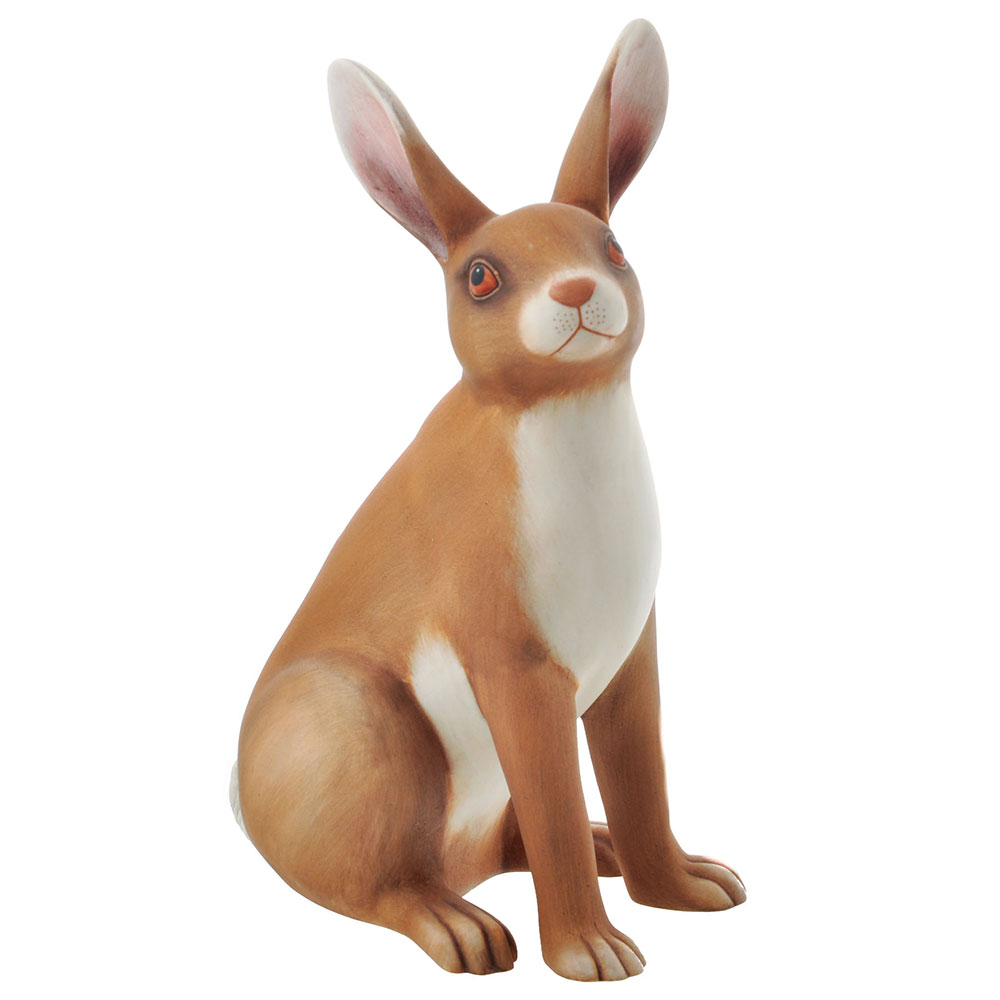
Royal Doulton Hare Prototype
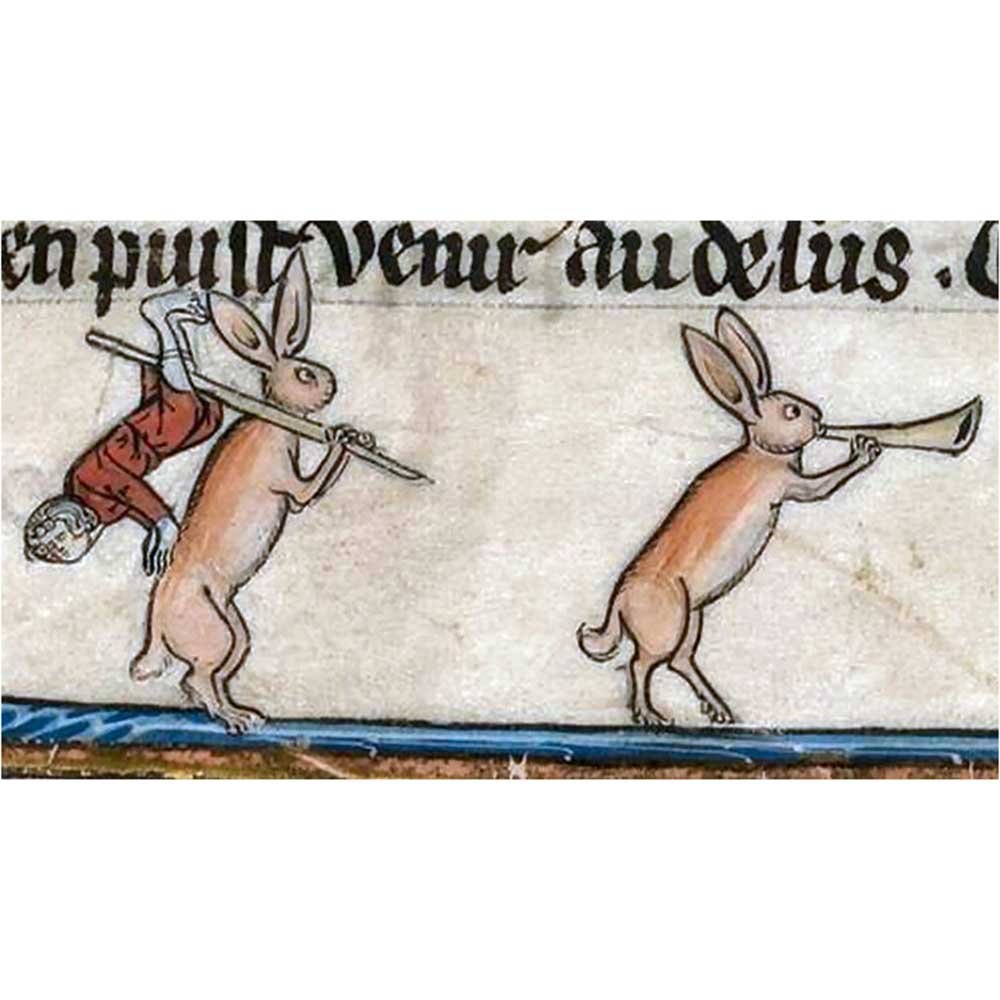
Medieval Bunnies
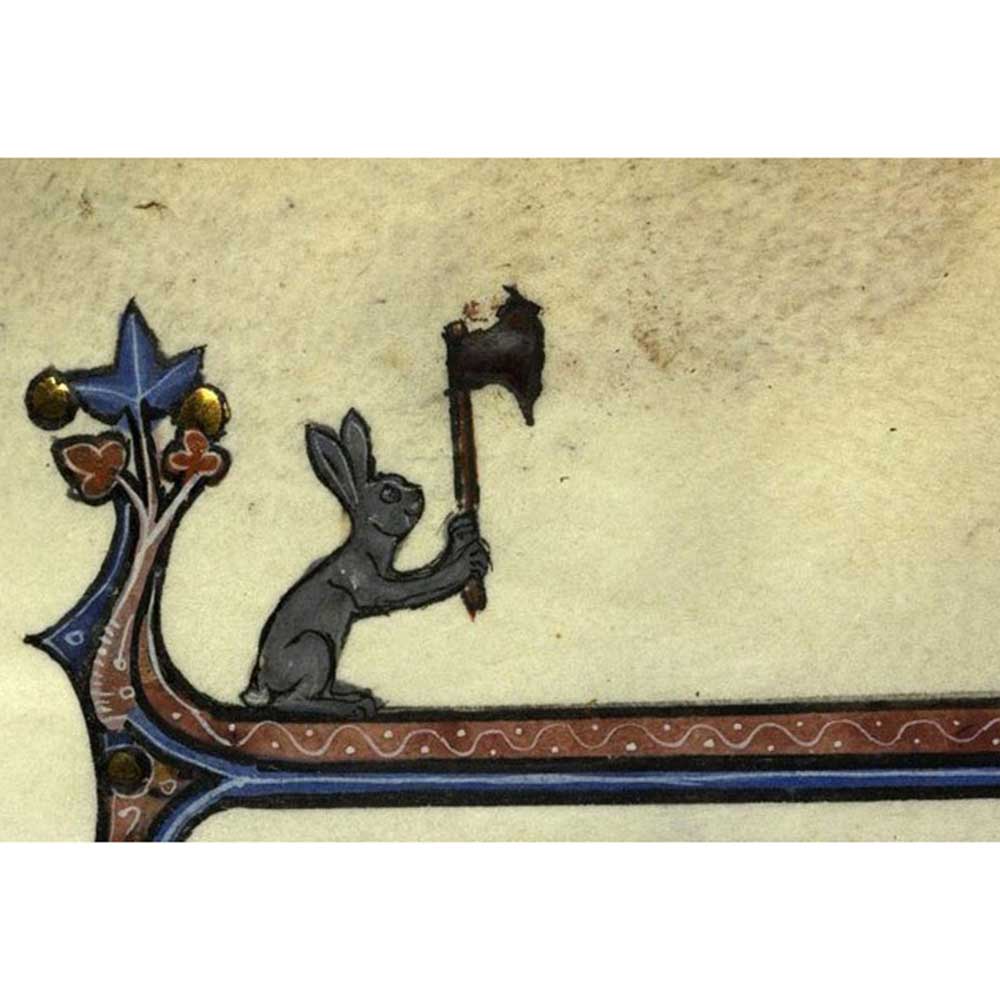
Medieval Bunnies
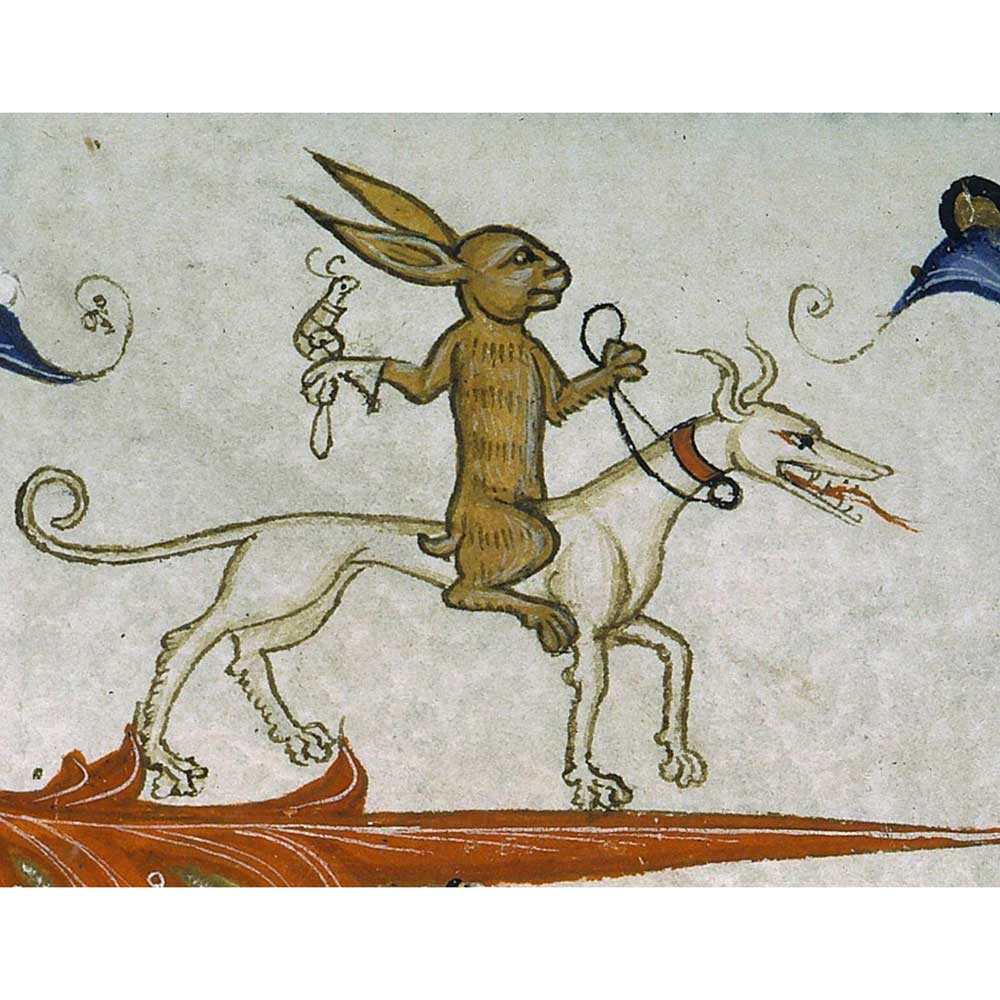
Medieval Bunnies
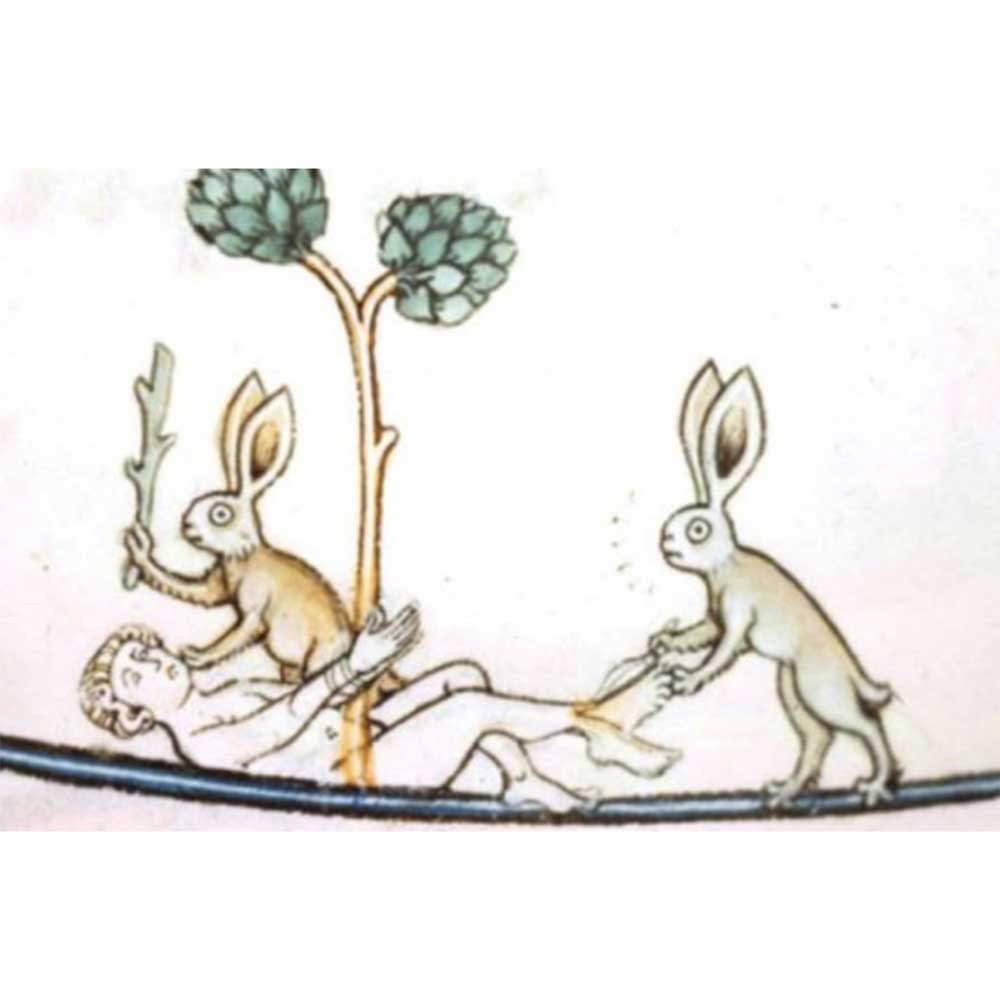
Medieval Bunnies
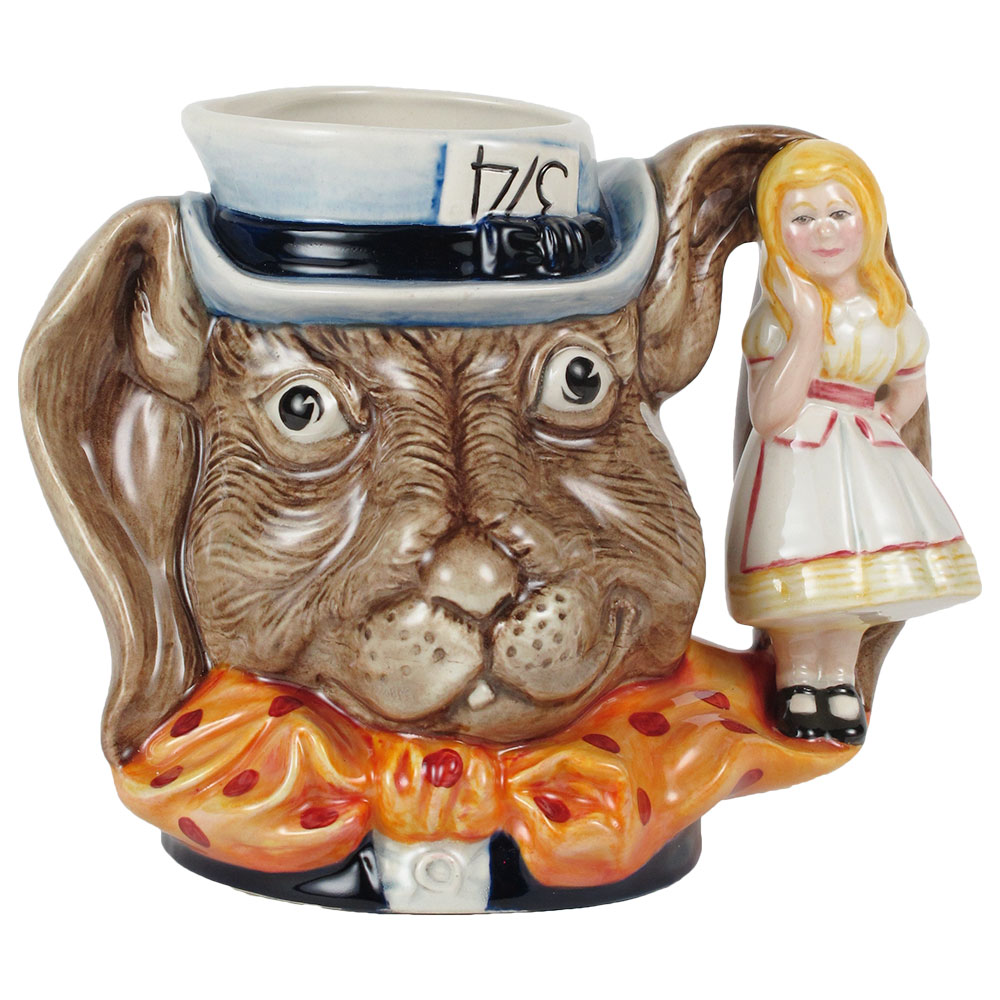
Royal Doulton March Hare Prototype
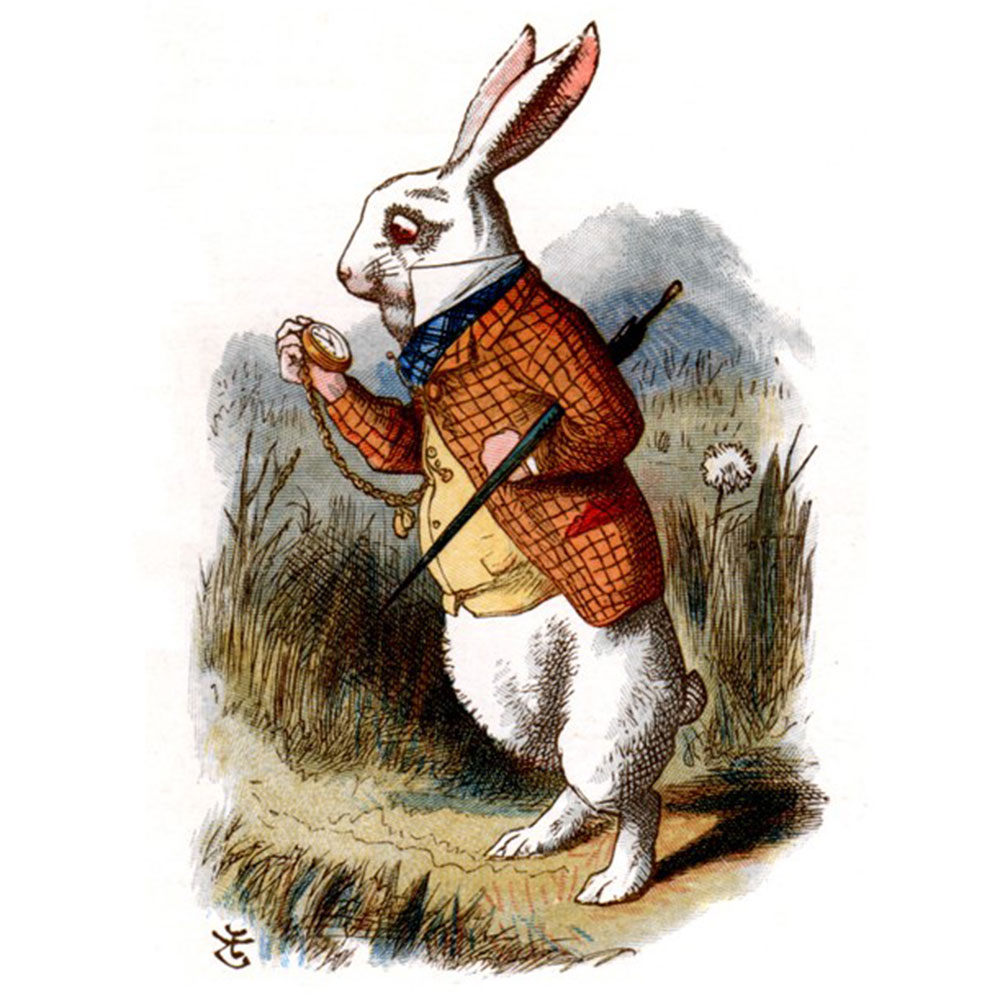
White Rabbit from Alice's Adventures in Wonderland
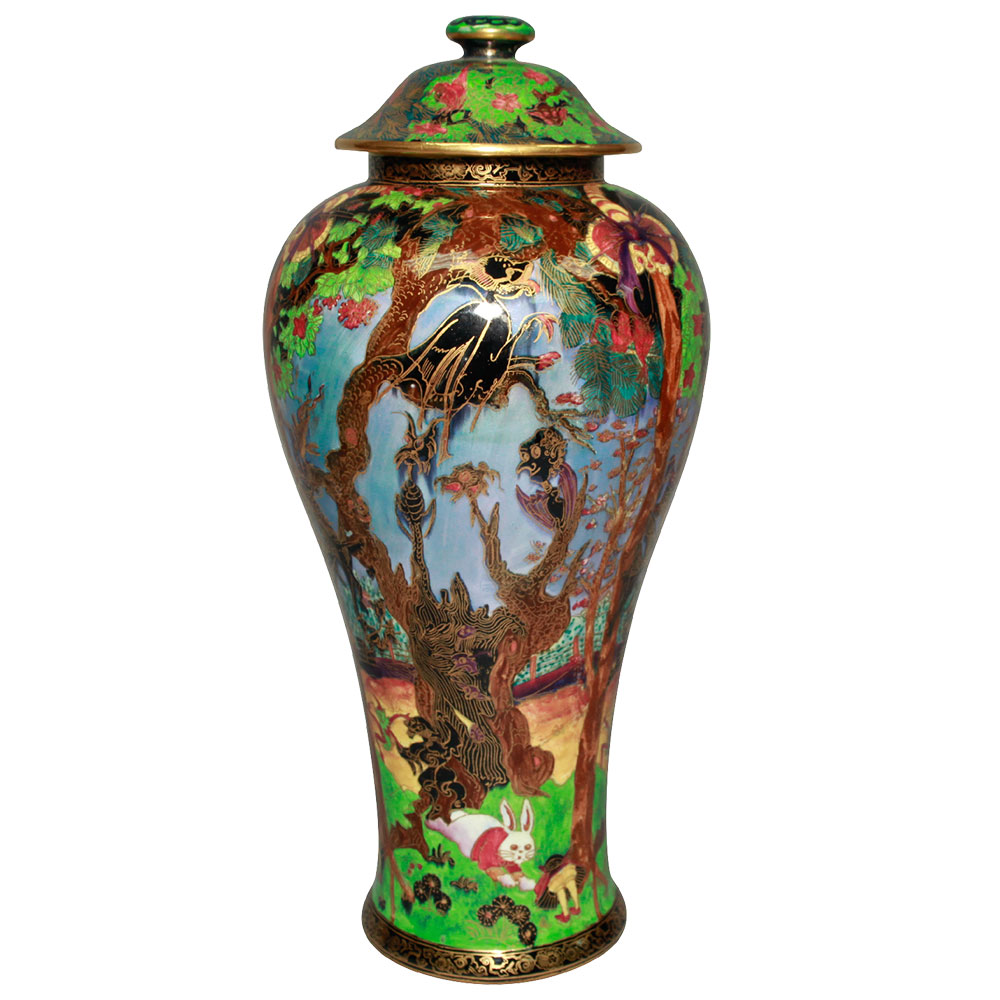
Wedgwood Ghostly Woods Vase
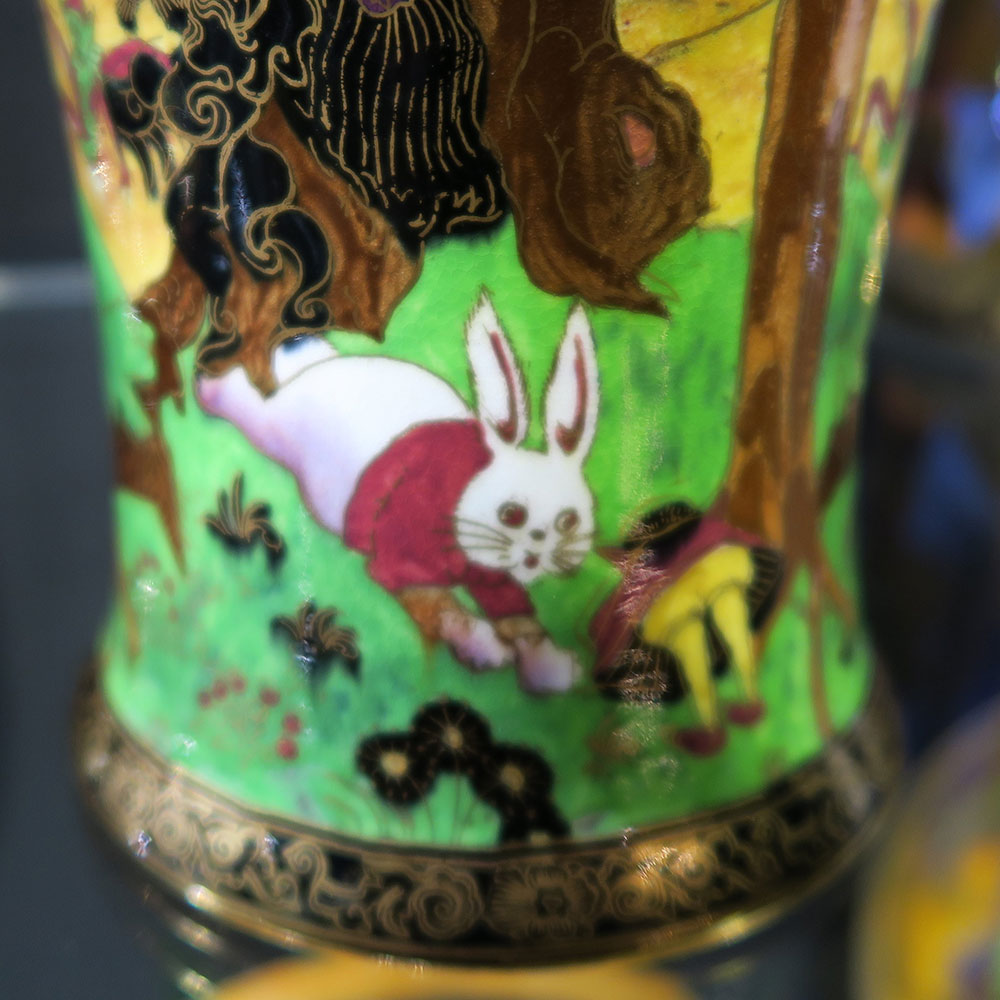
Detail of Wedgwood Ghostly Woods
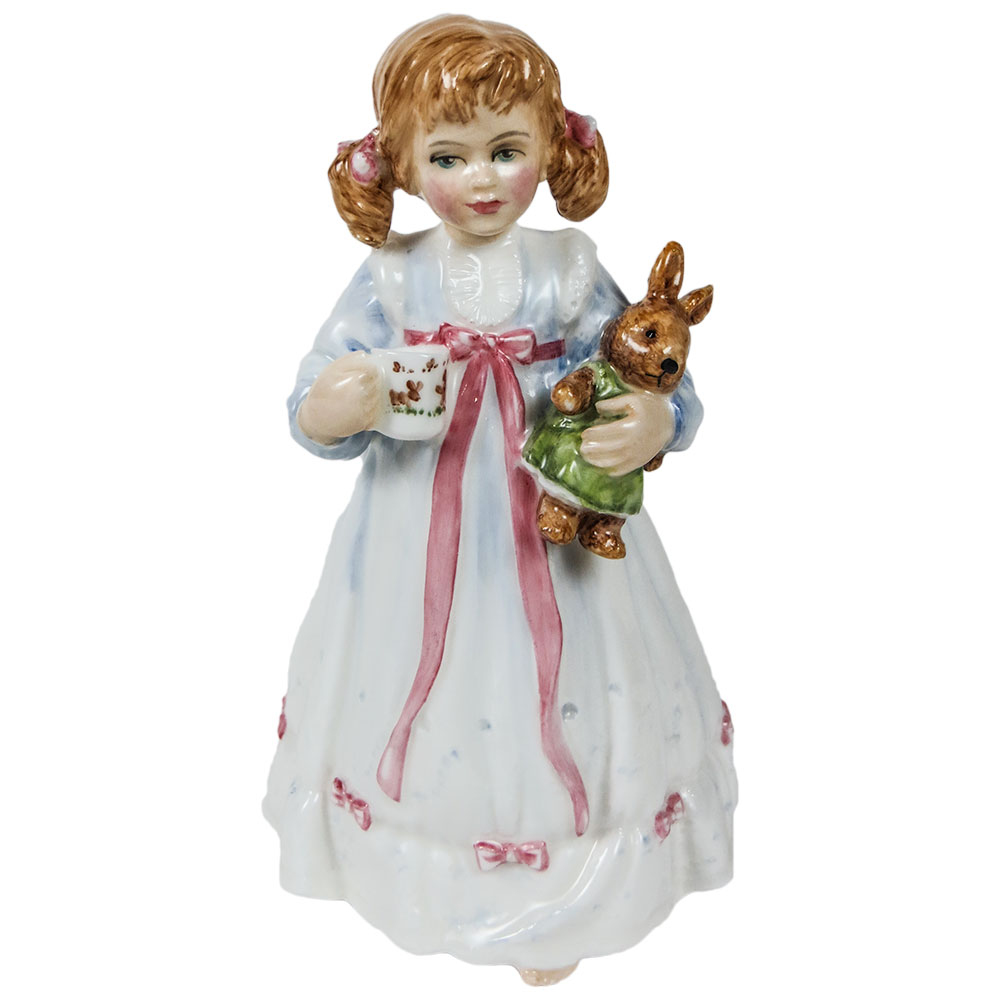
Royal Doulton Bunny's Bedtime
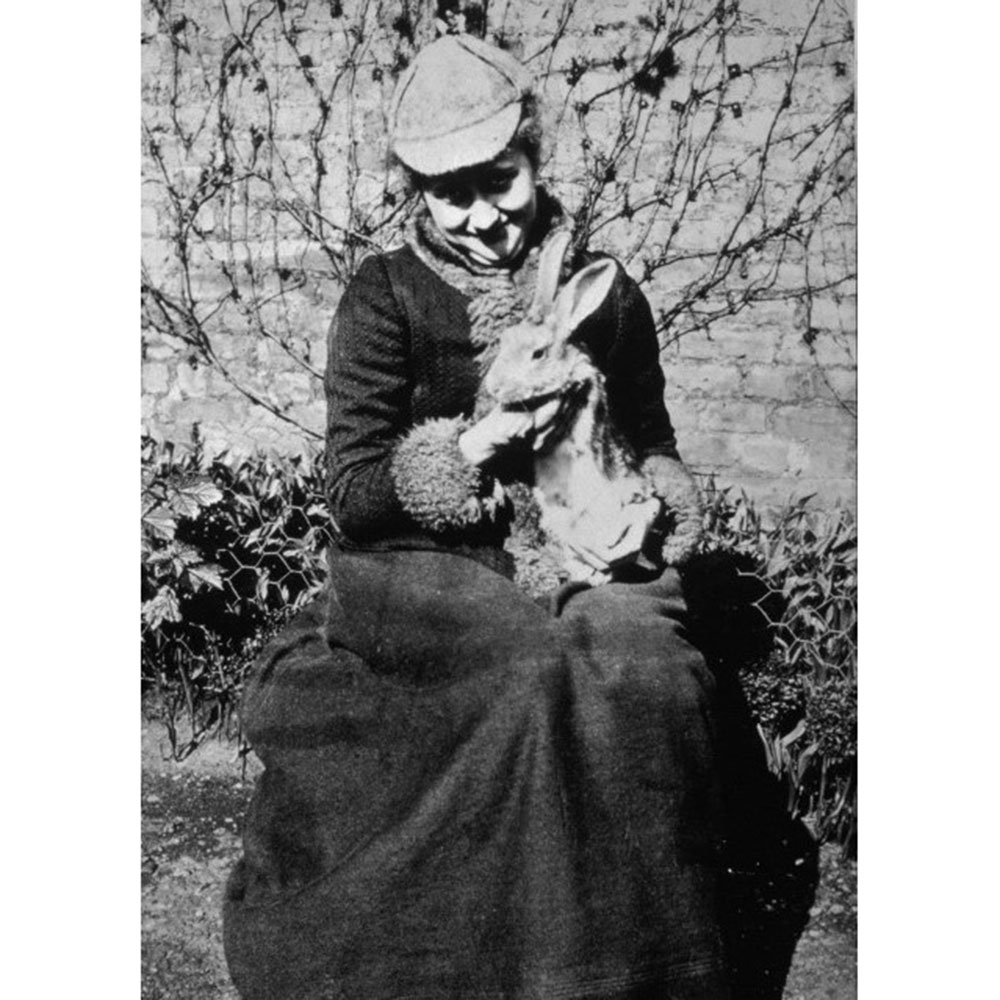
Beatrix Potter with her rabbit
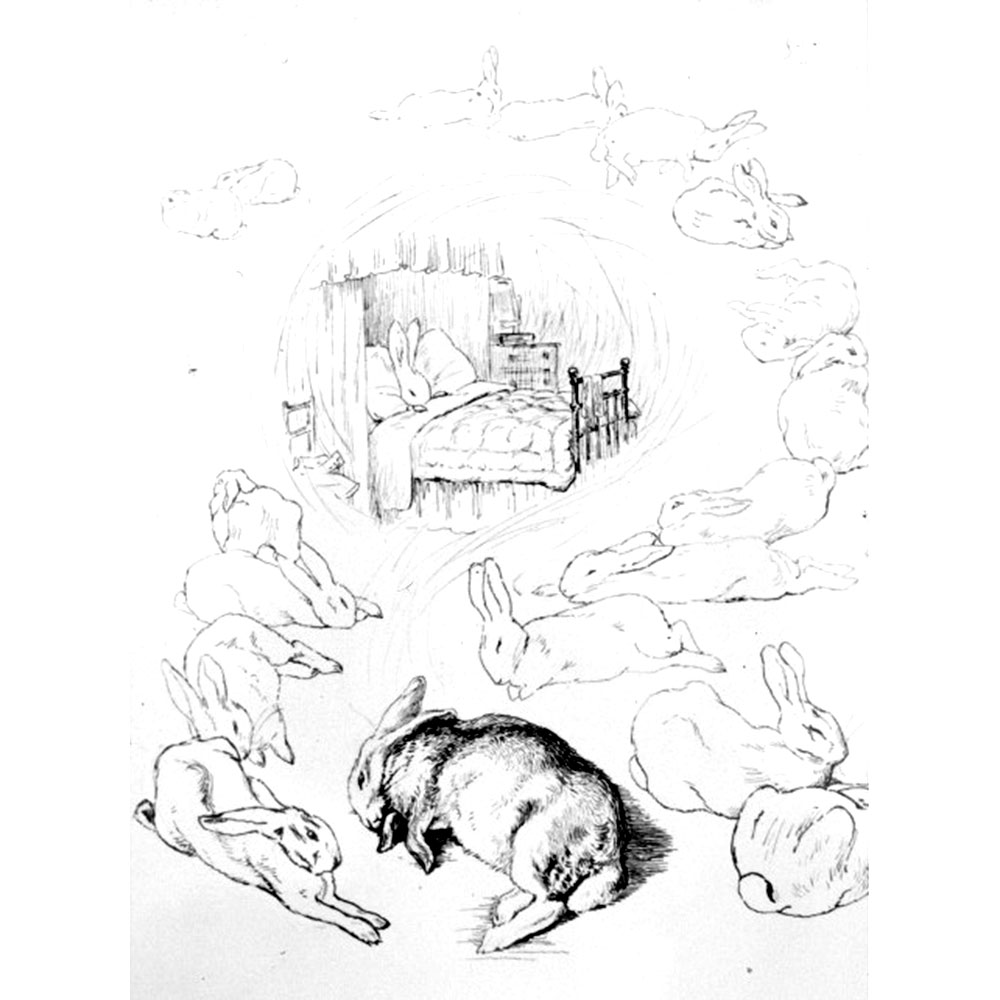
Rabbit drawing by Beatrix Potter
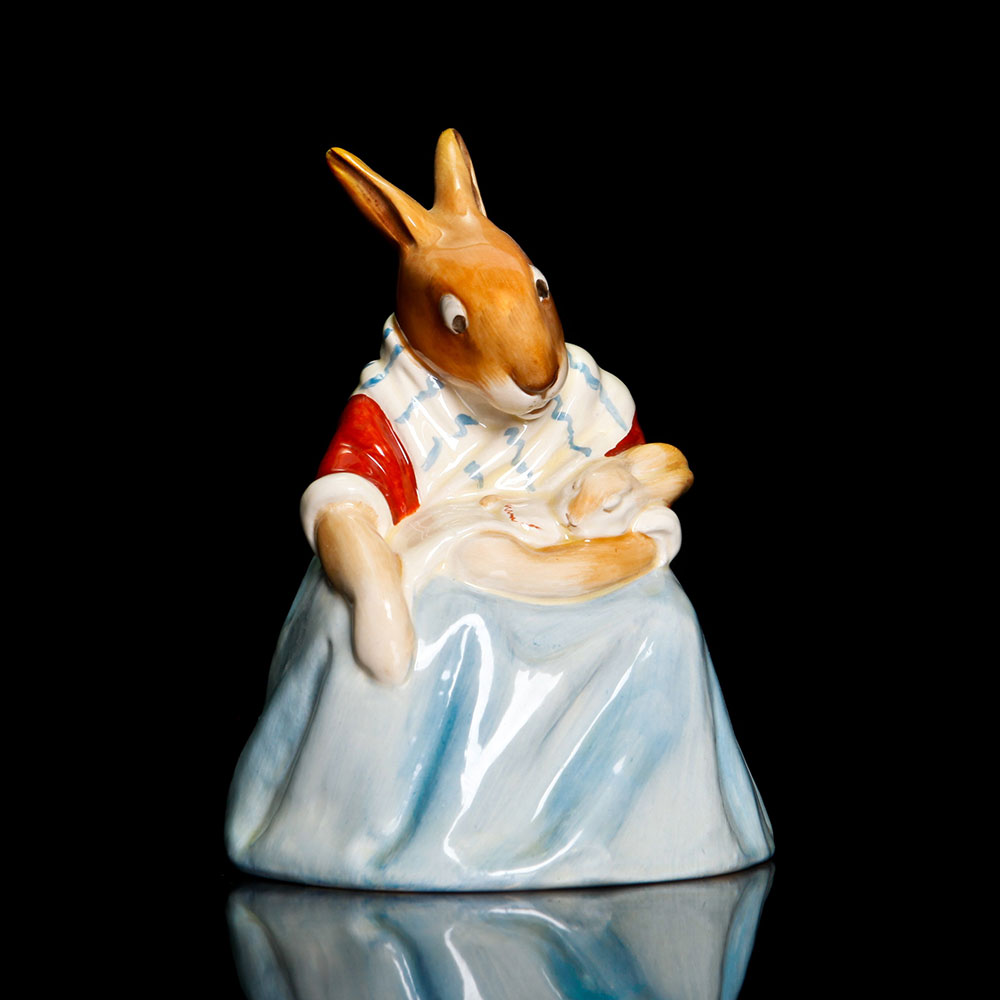
Royal Doulton Mother Bunnykins
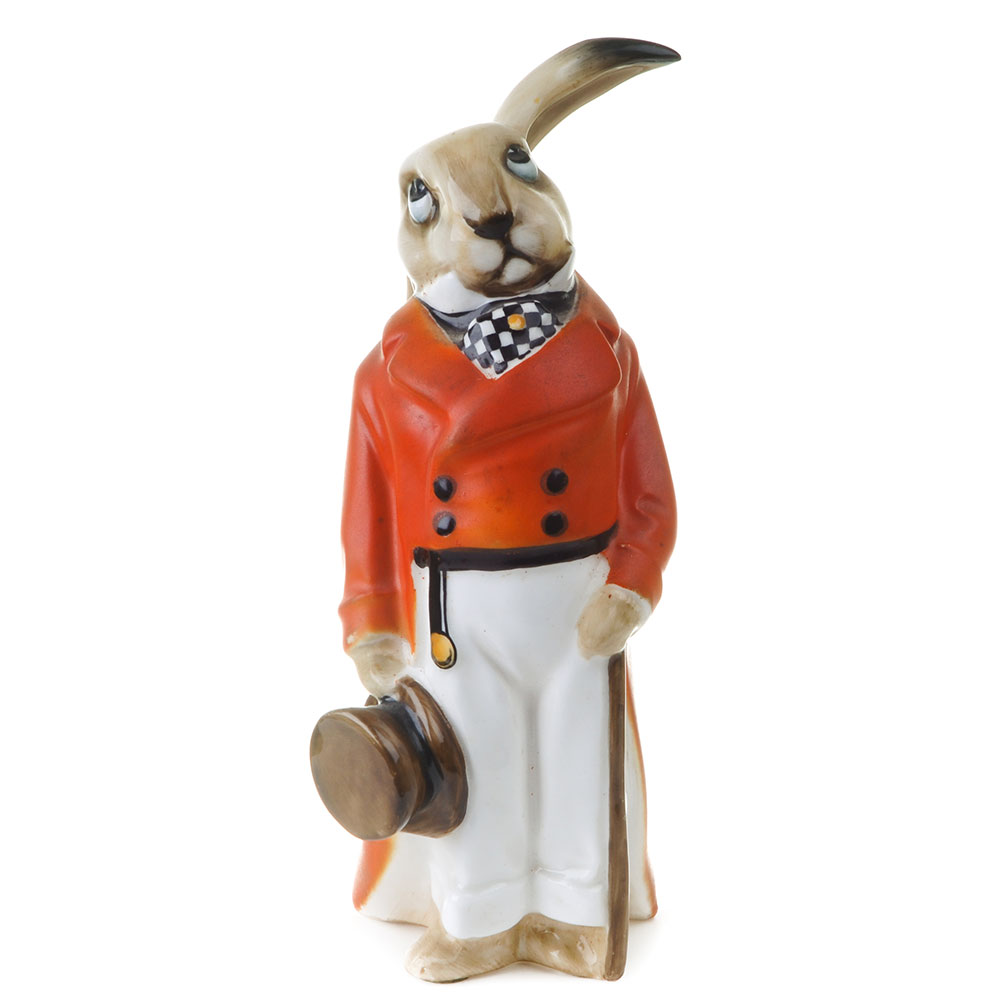
Royal Doulton Rabbit by C. Noke
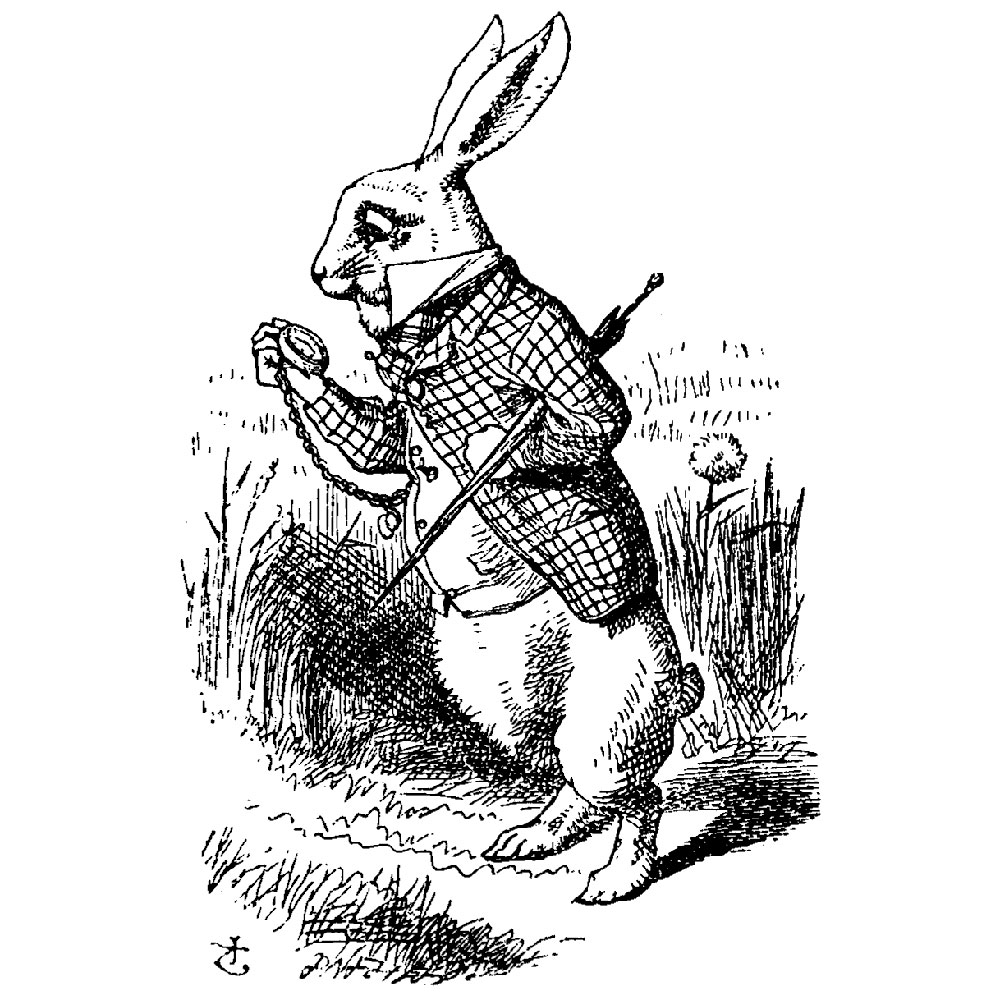
White Rabbit
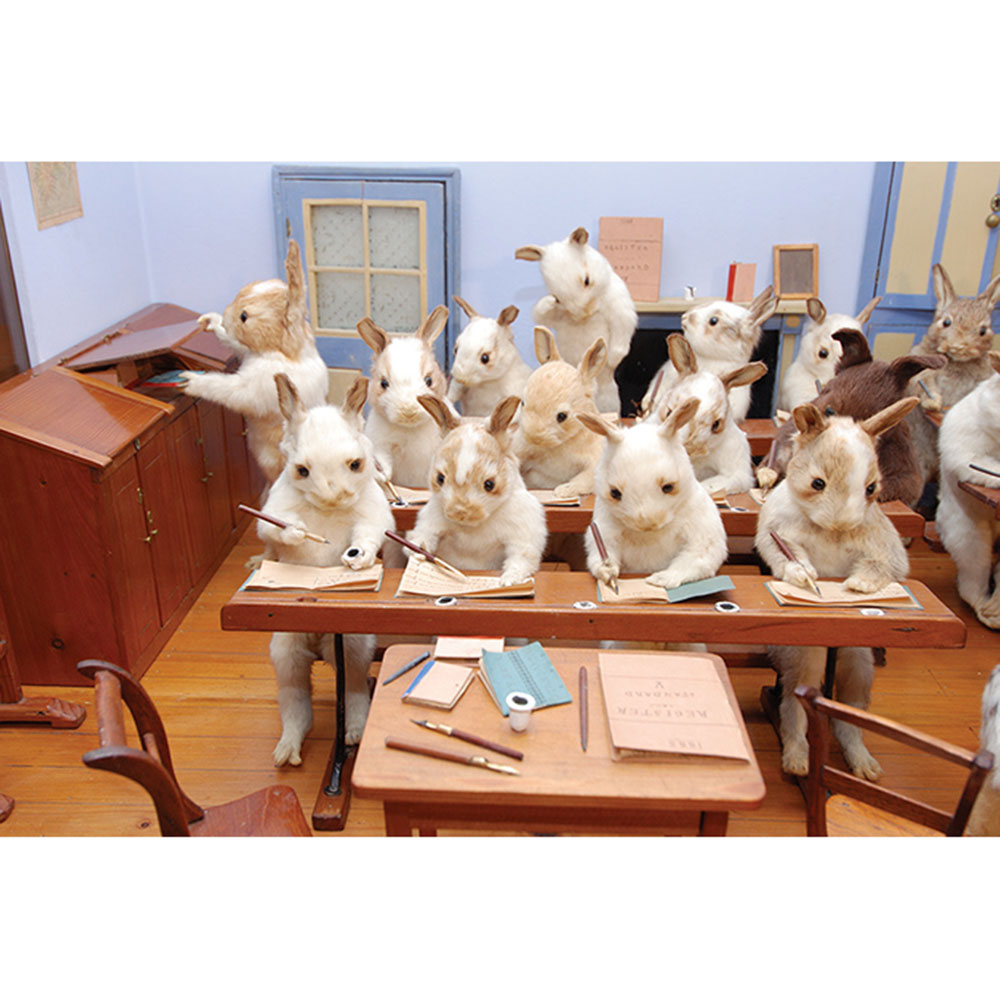
Rabbits Village School by Walter Potter
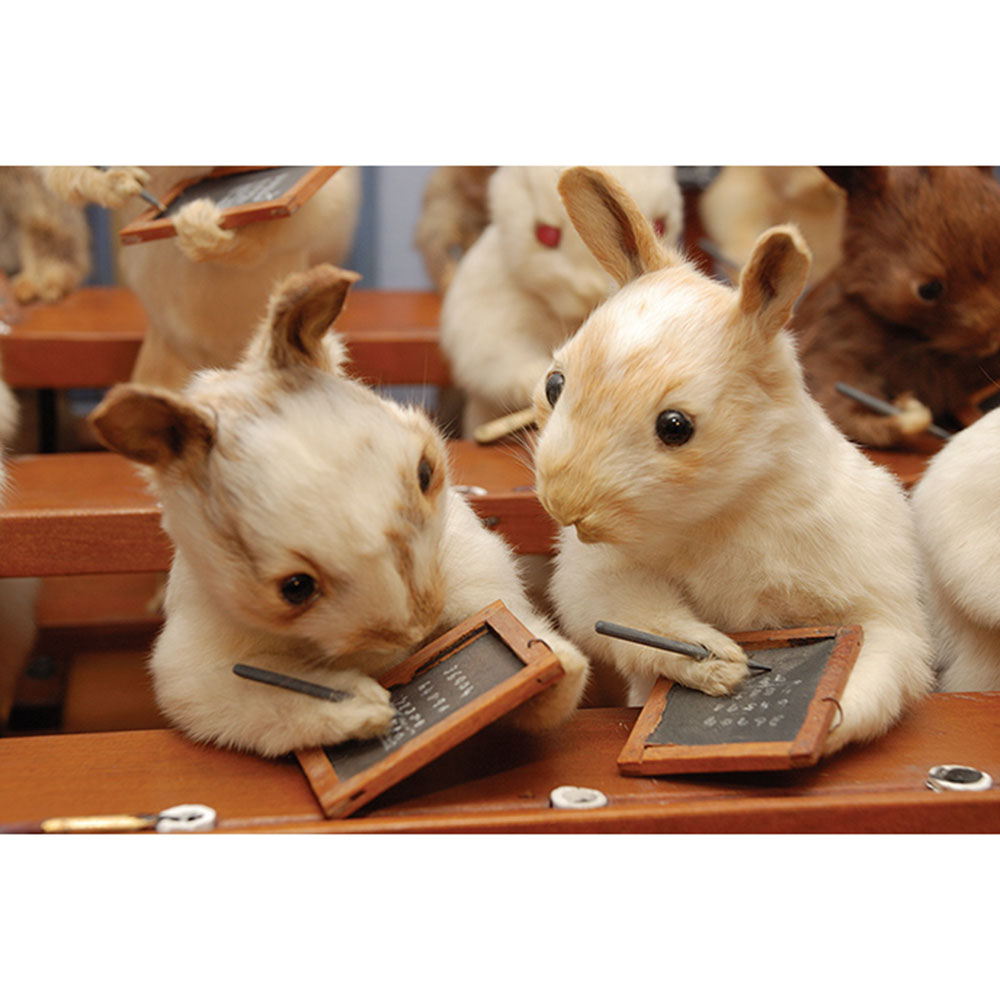
Detail of Rabbits Village School
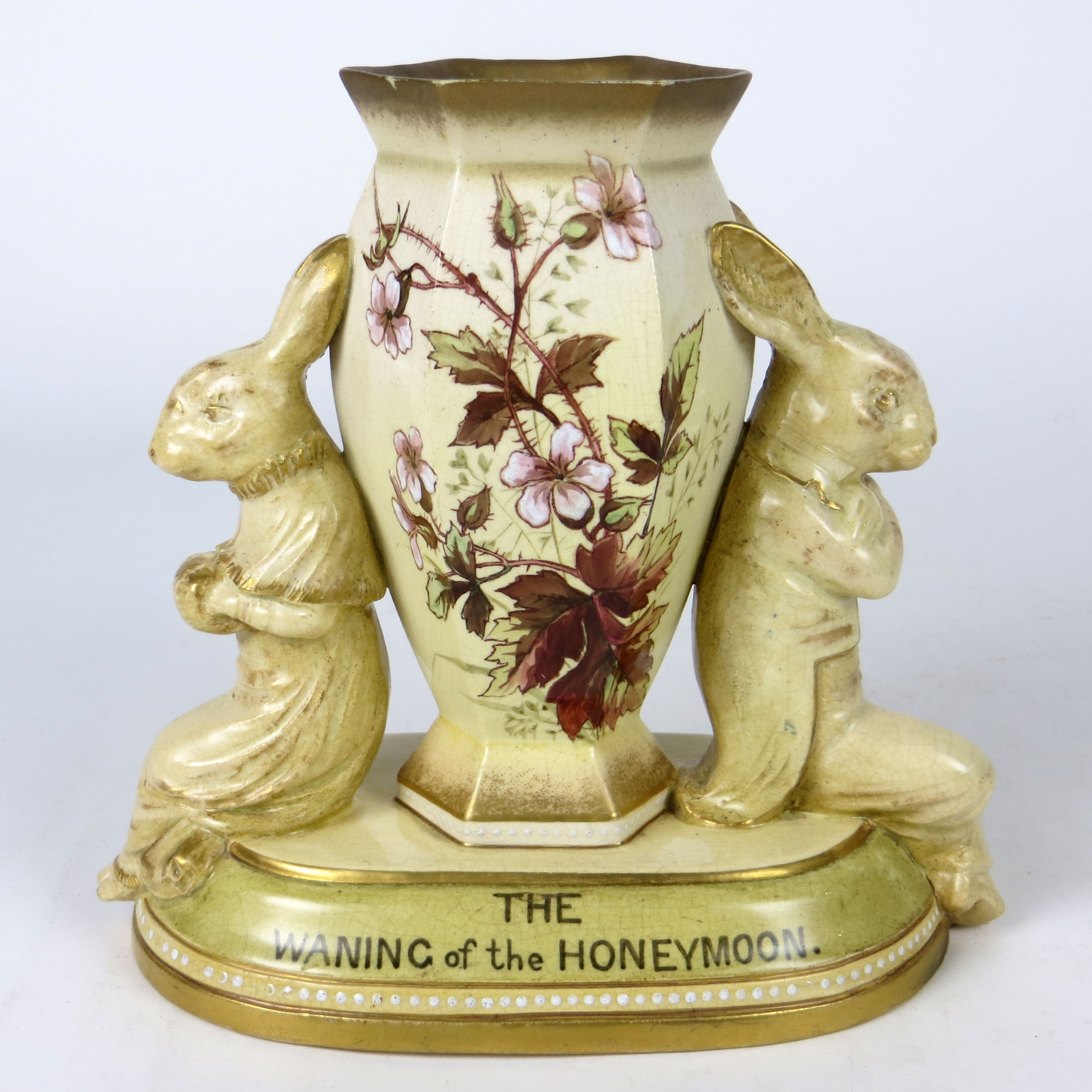
Doulton Lambeth Waning of the Honeymoon by M. Marshall
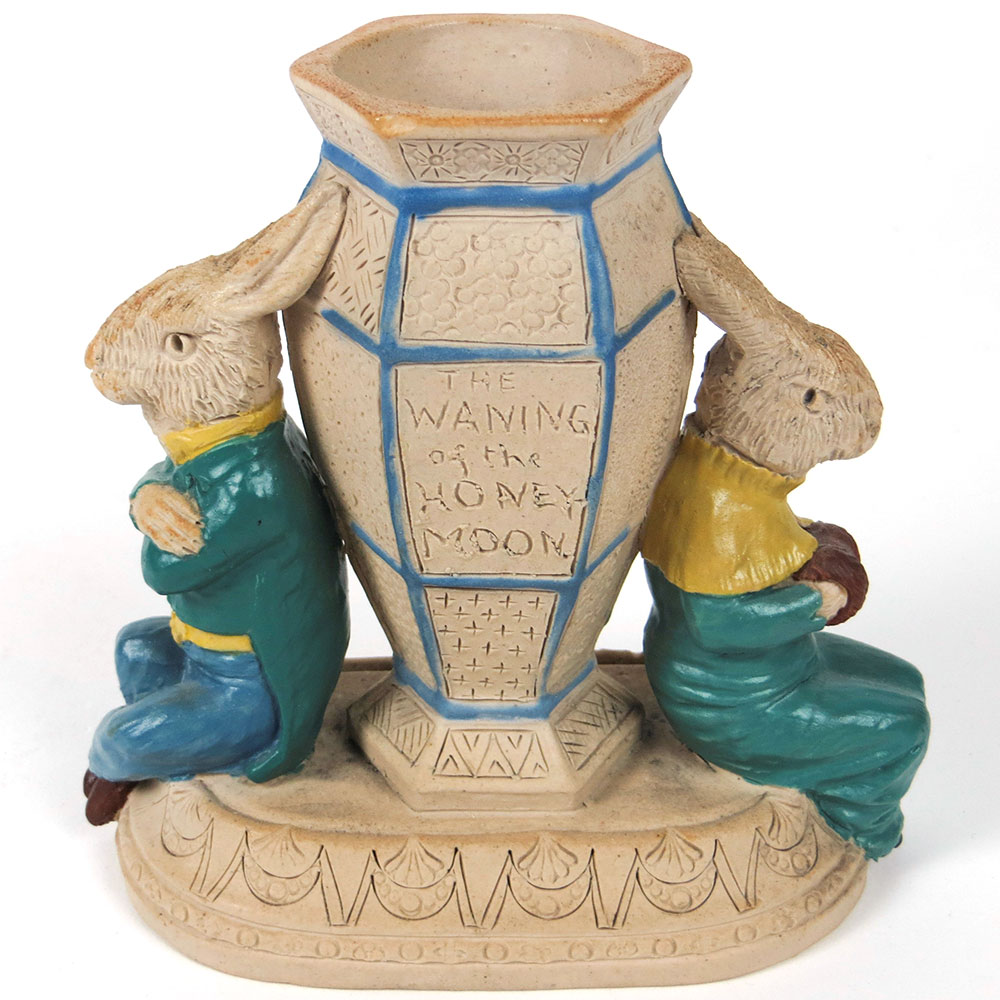
Doulton Lambeth Waning of the Honeymoon by M. Marshall
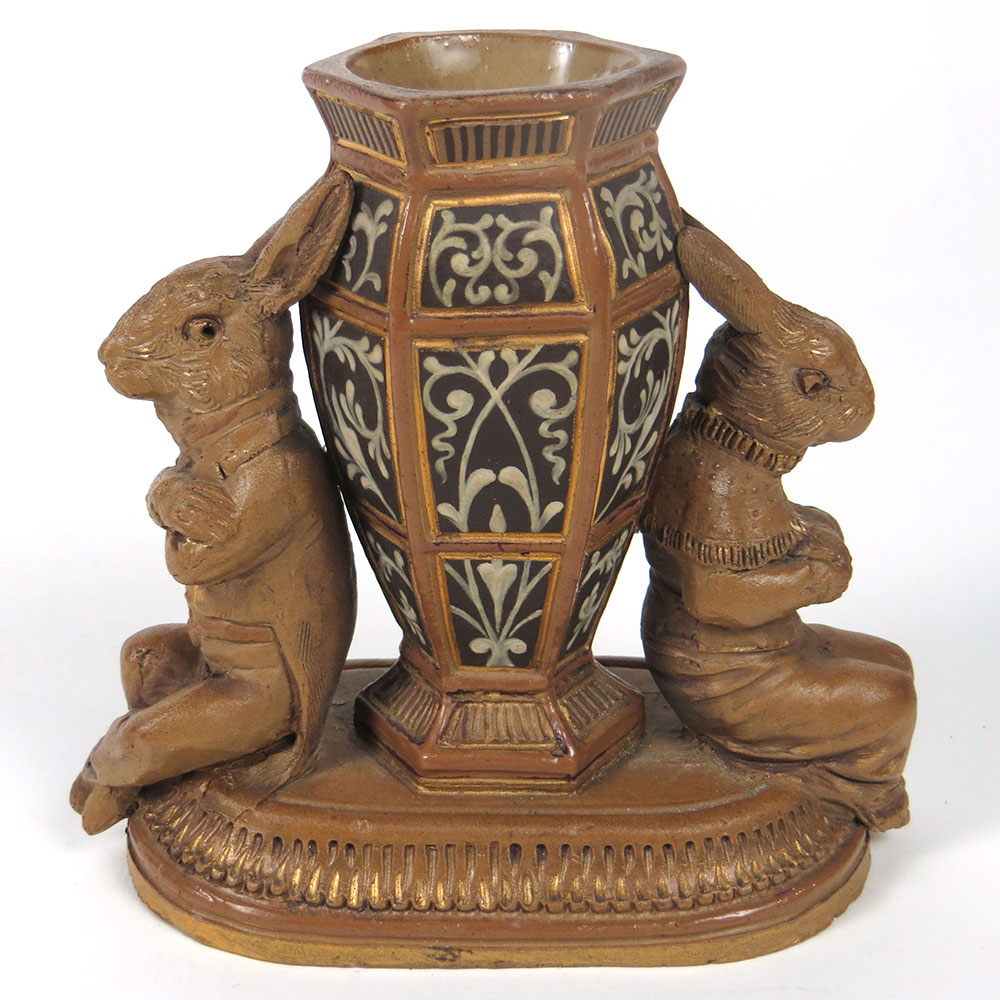
Doulton Lambeth Waning of the Honeymoon by M. Marshall
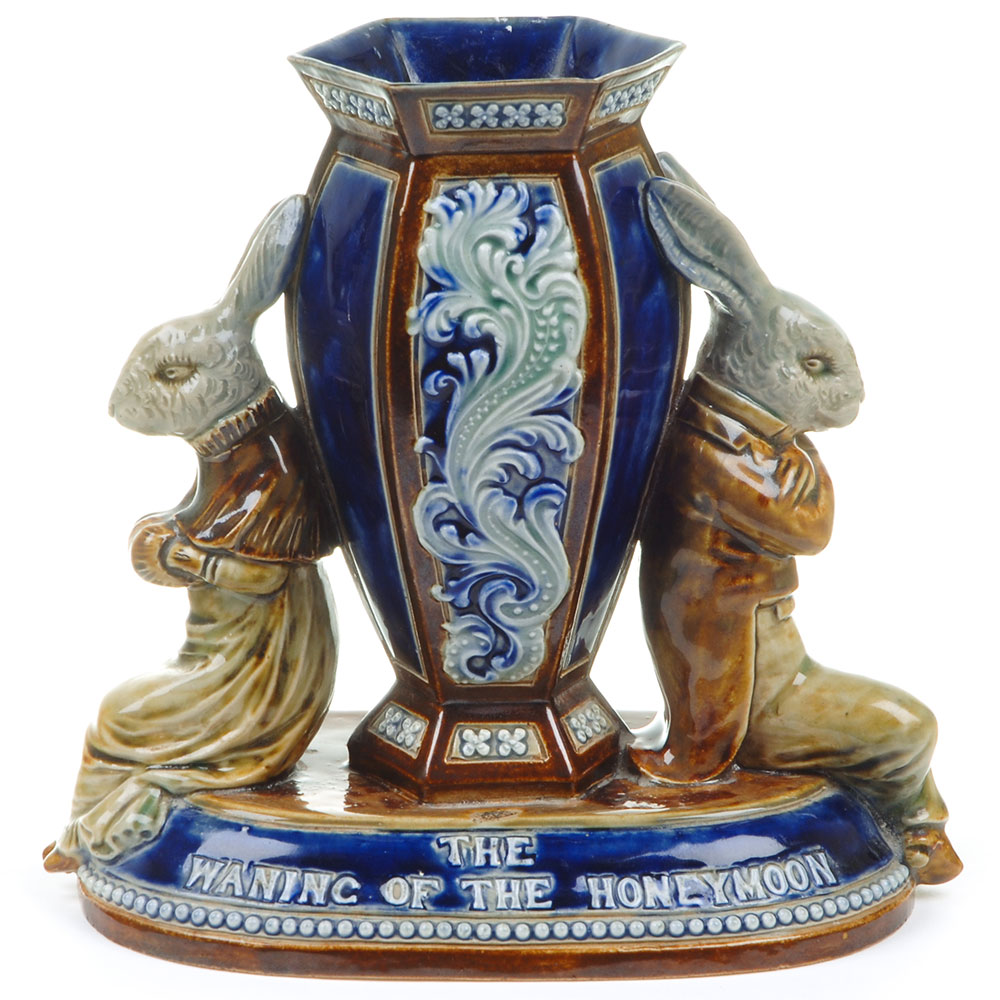
Doulton Lambeth Waning of the Honeymoon by M. Marshall
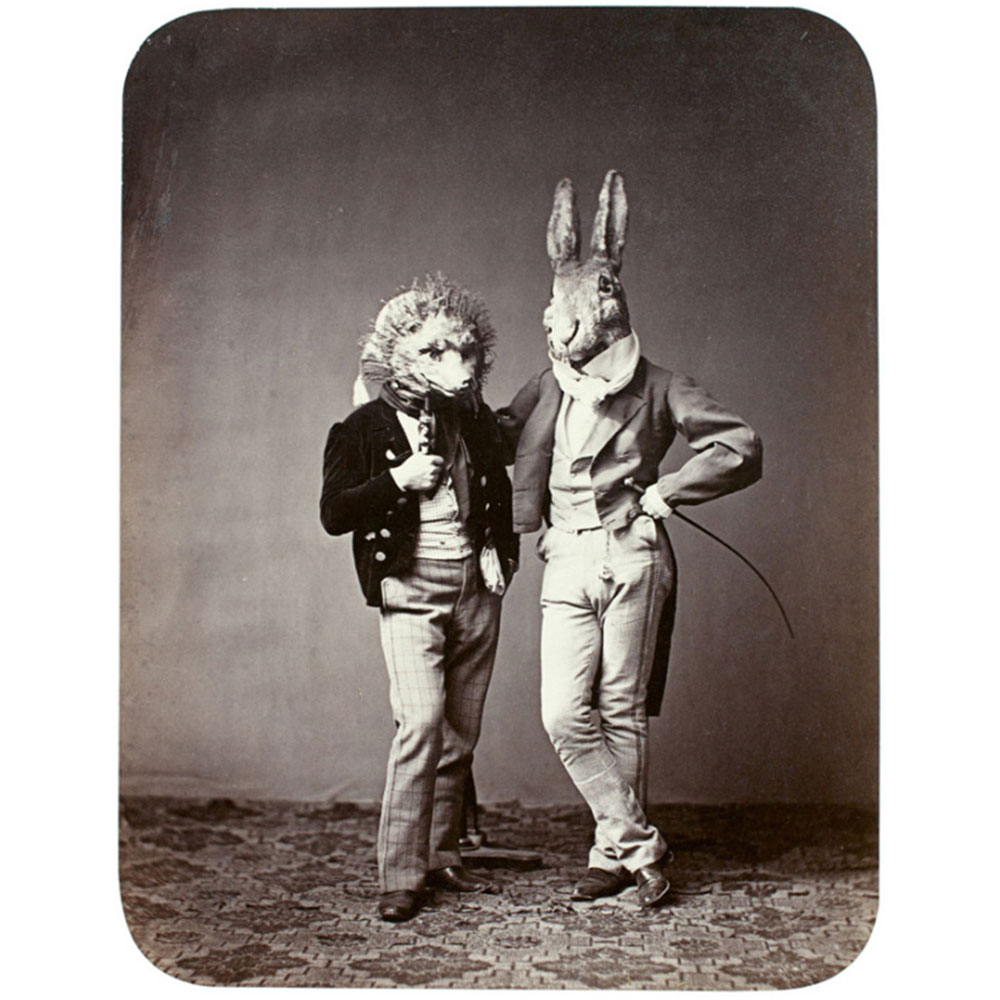
Hedgehog and Rabbit
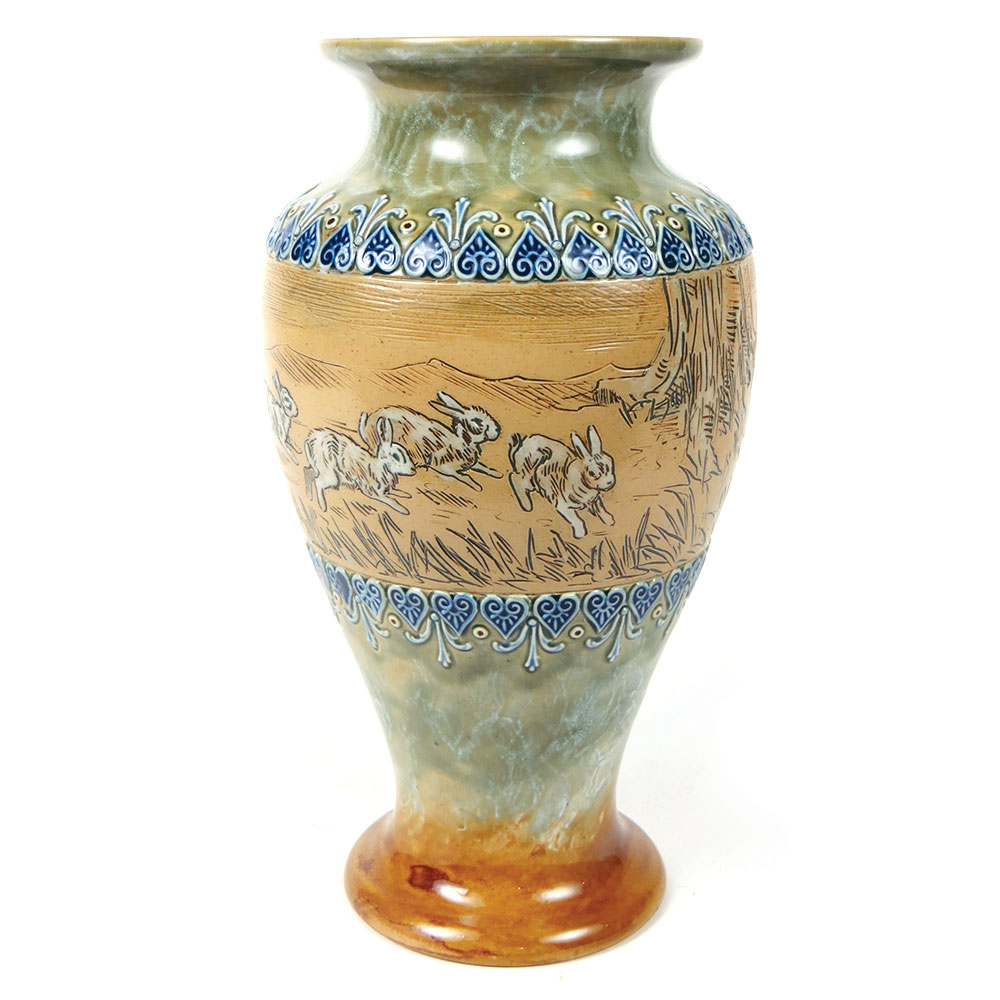
Doulton Lambeth Rabbit Vase by H. Barlow
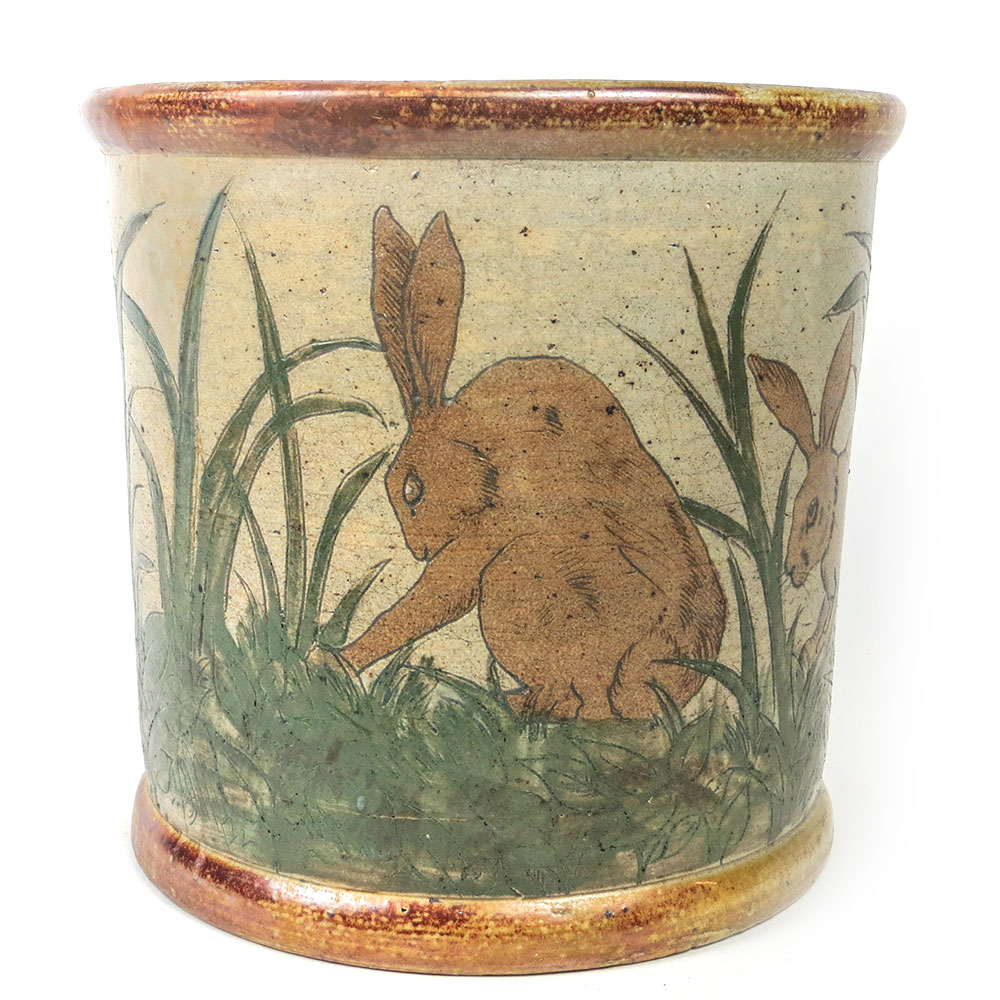
Martin Brothers Rabbit Vase
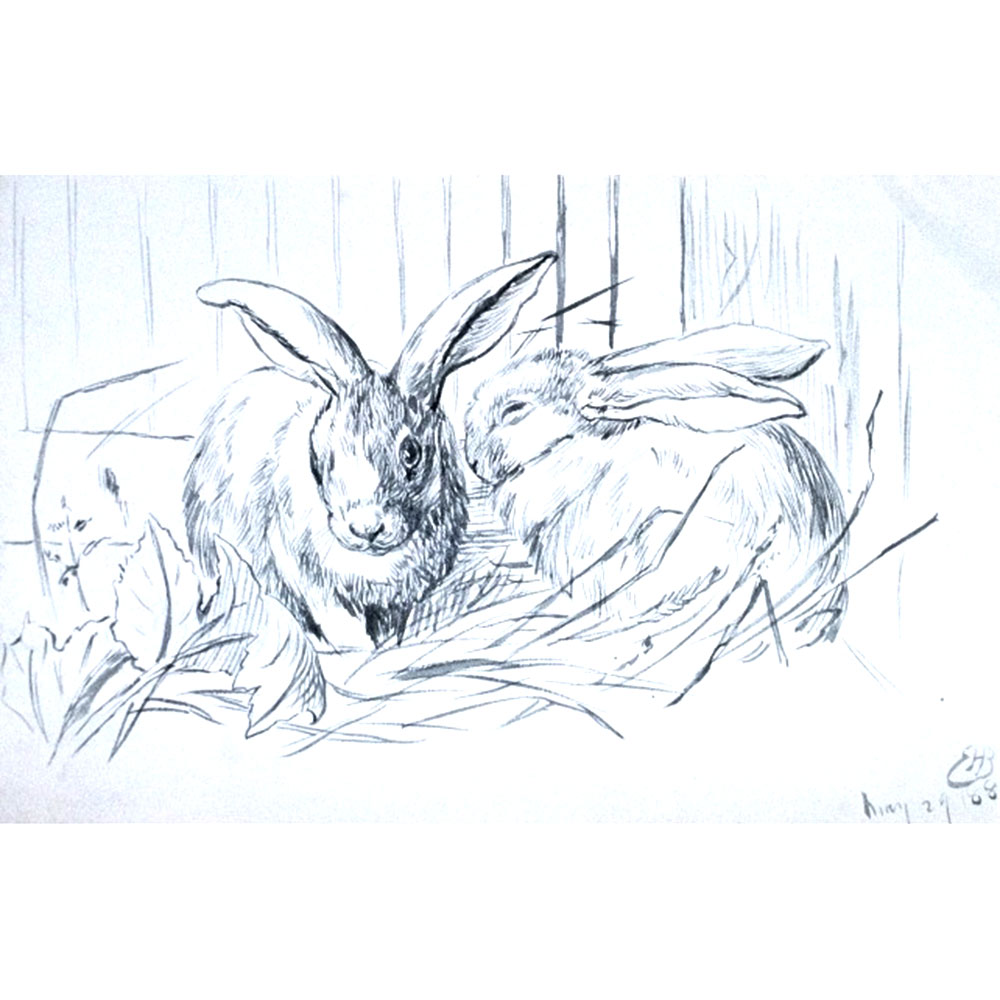
Rabbits by H. Barlow
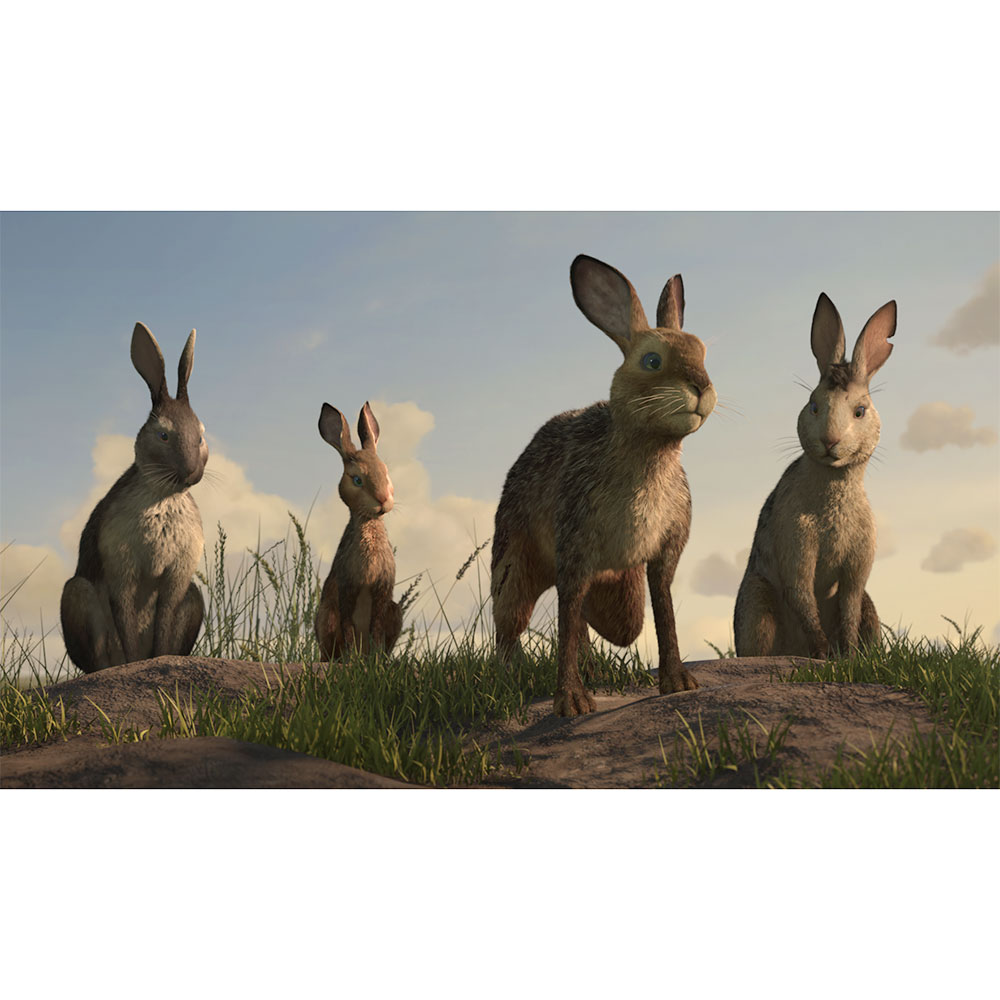
Watership Down
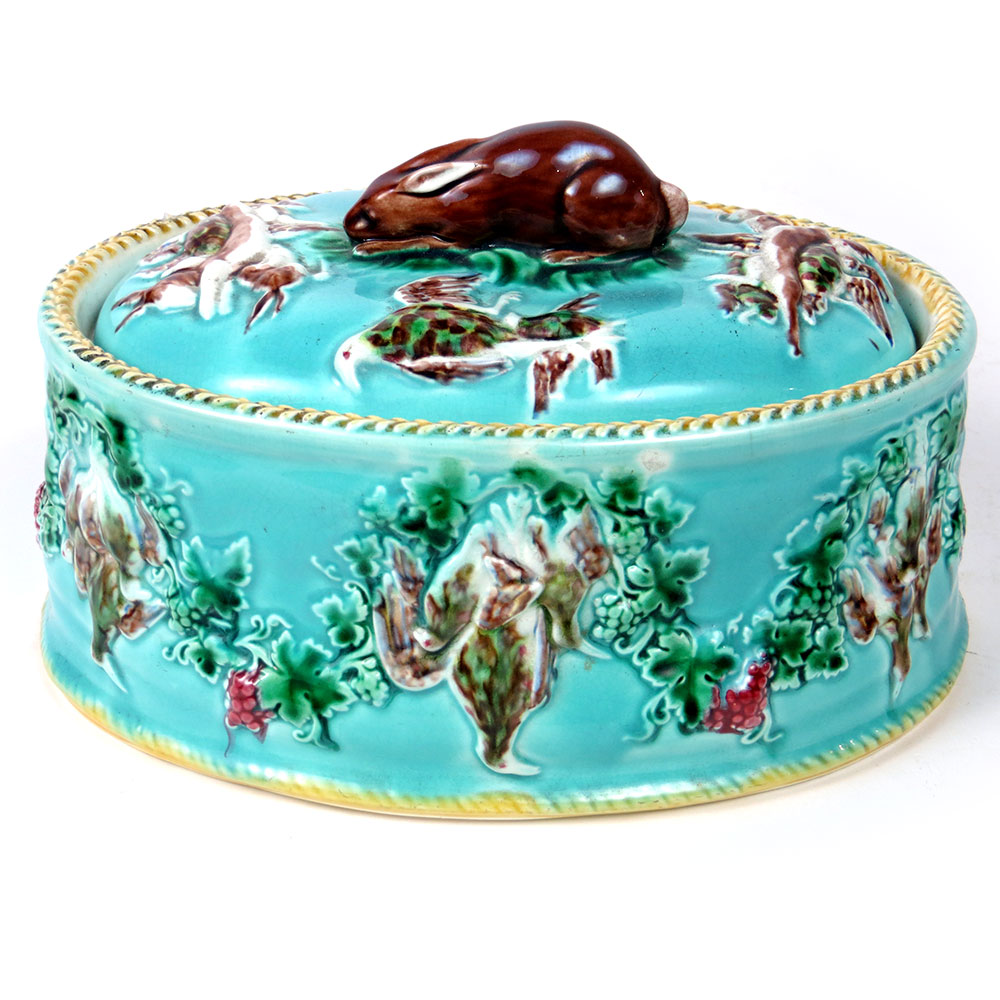
Wedgwood Rabbit Pie Dish
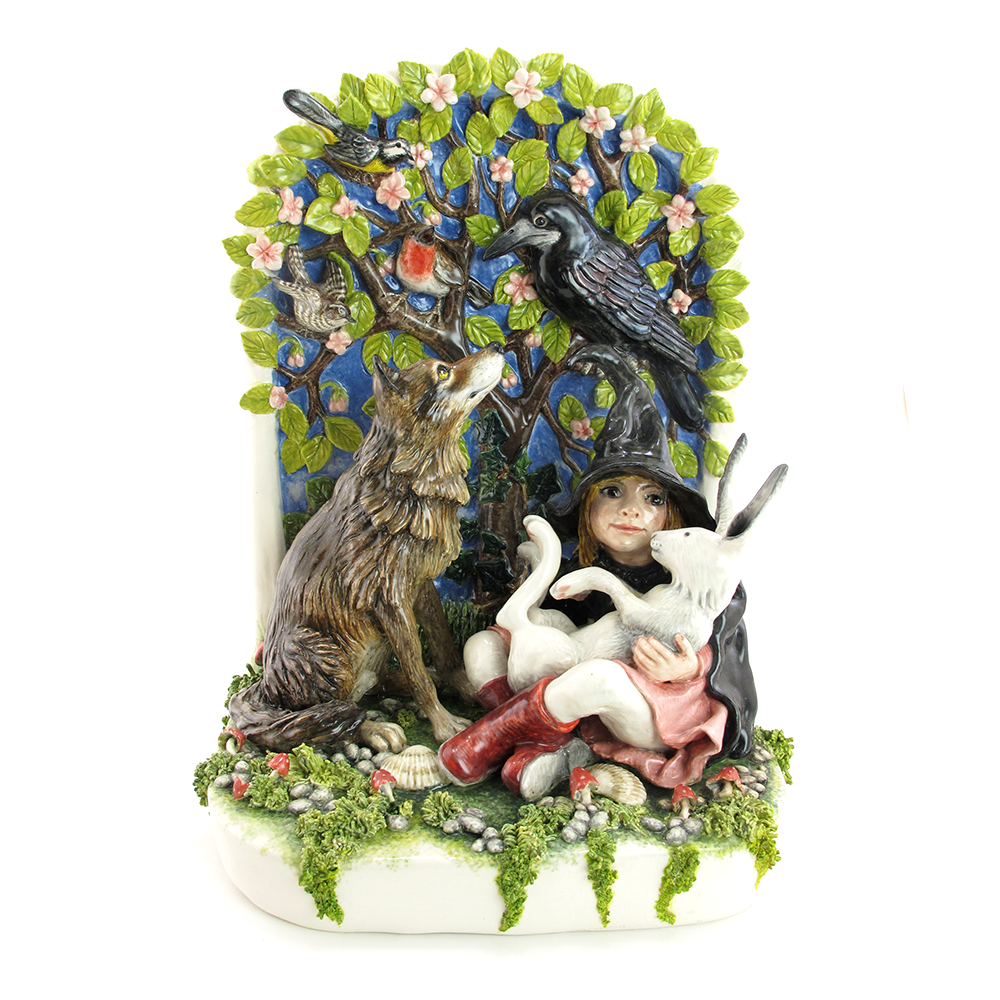
Wet Worried White Rabbit by M. Coxon
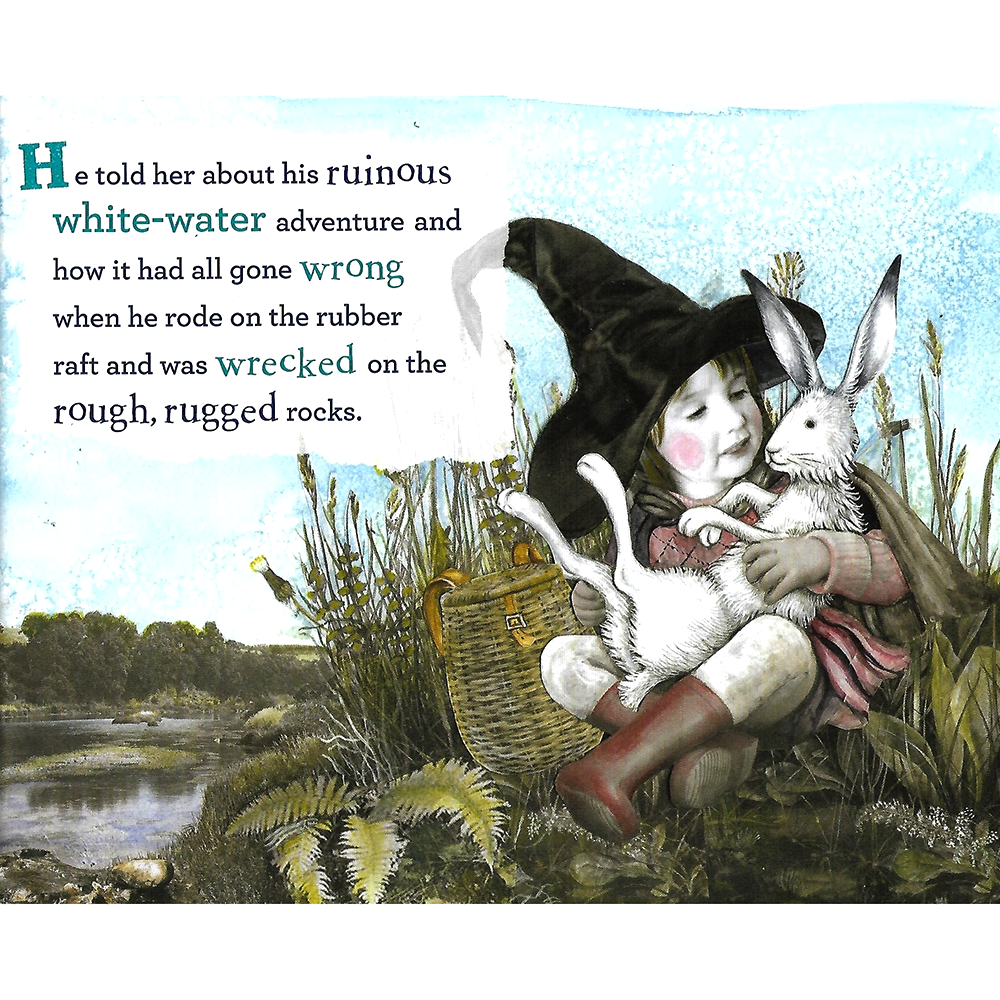
Wet Worried White Rabbit Book by M. Coxon
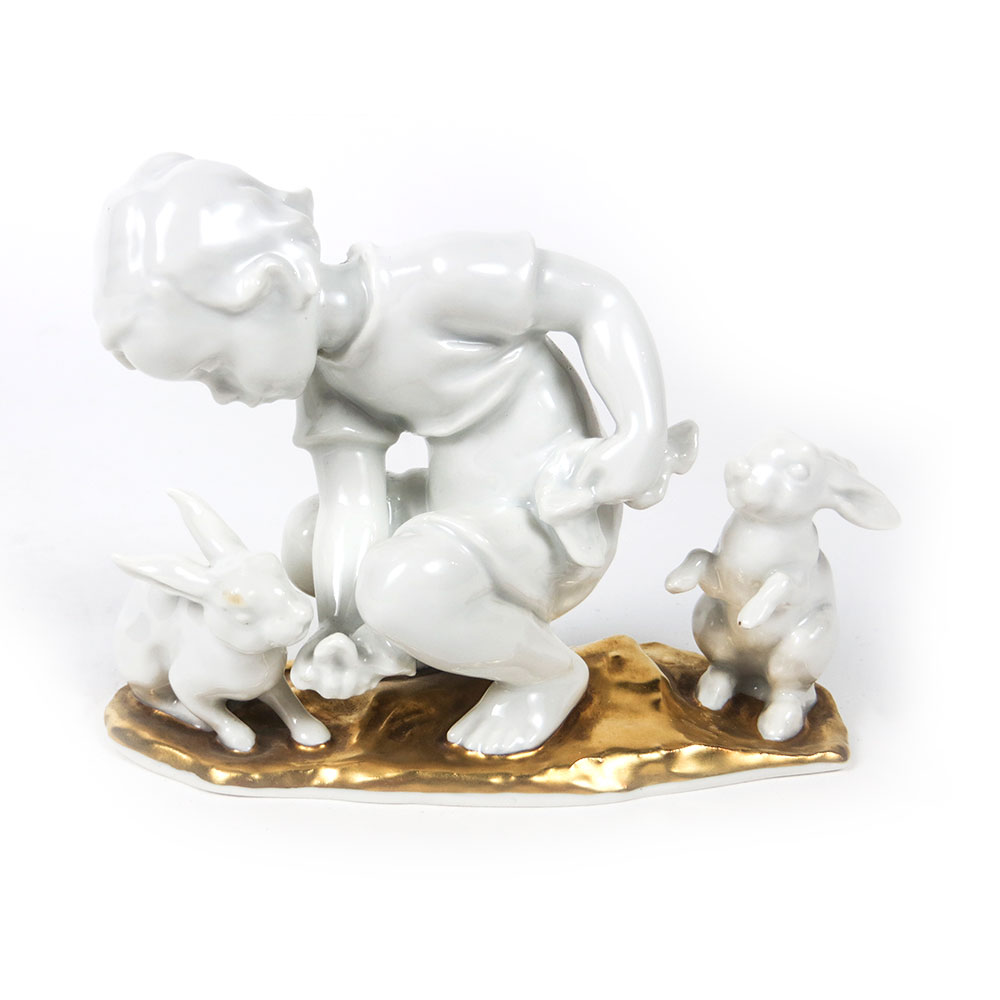
Rosenthal Child with Rabbits
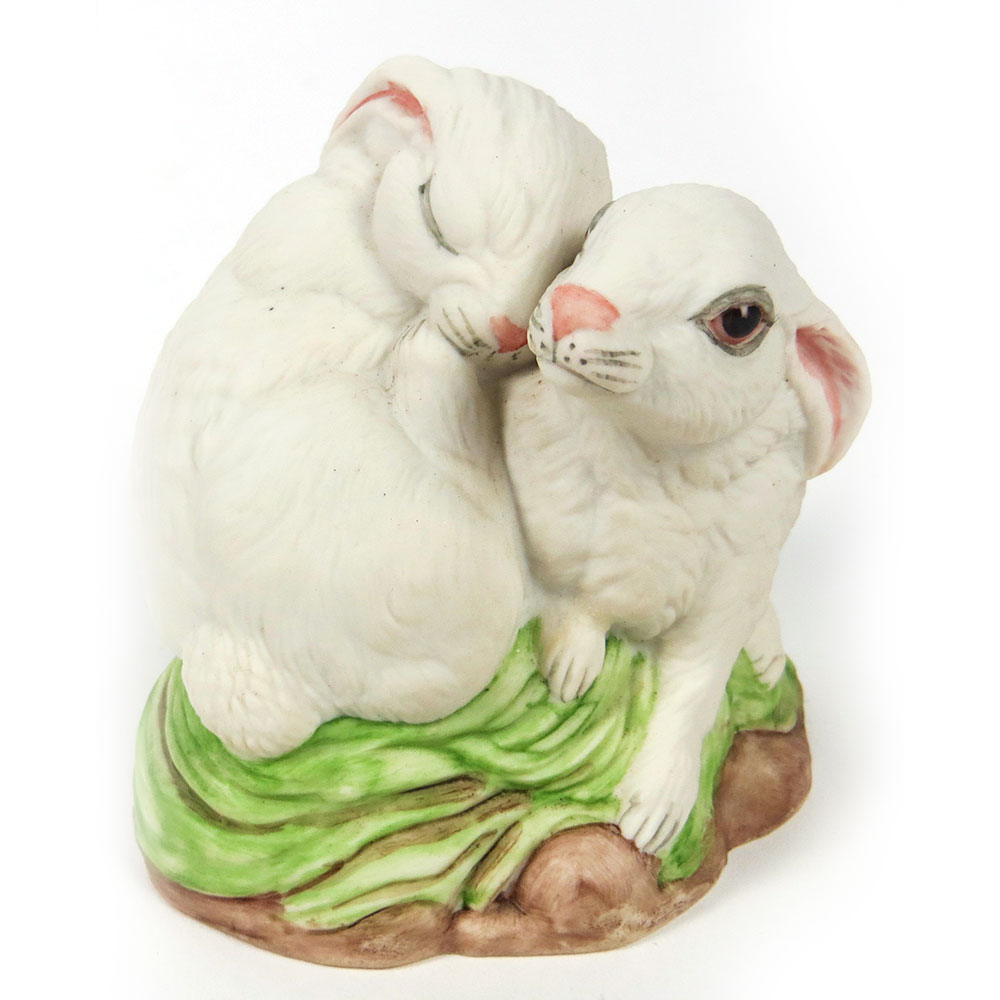
Boehm Rabbits
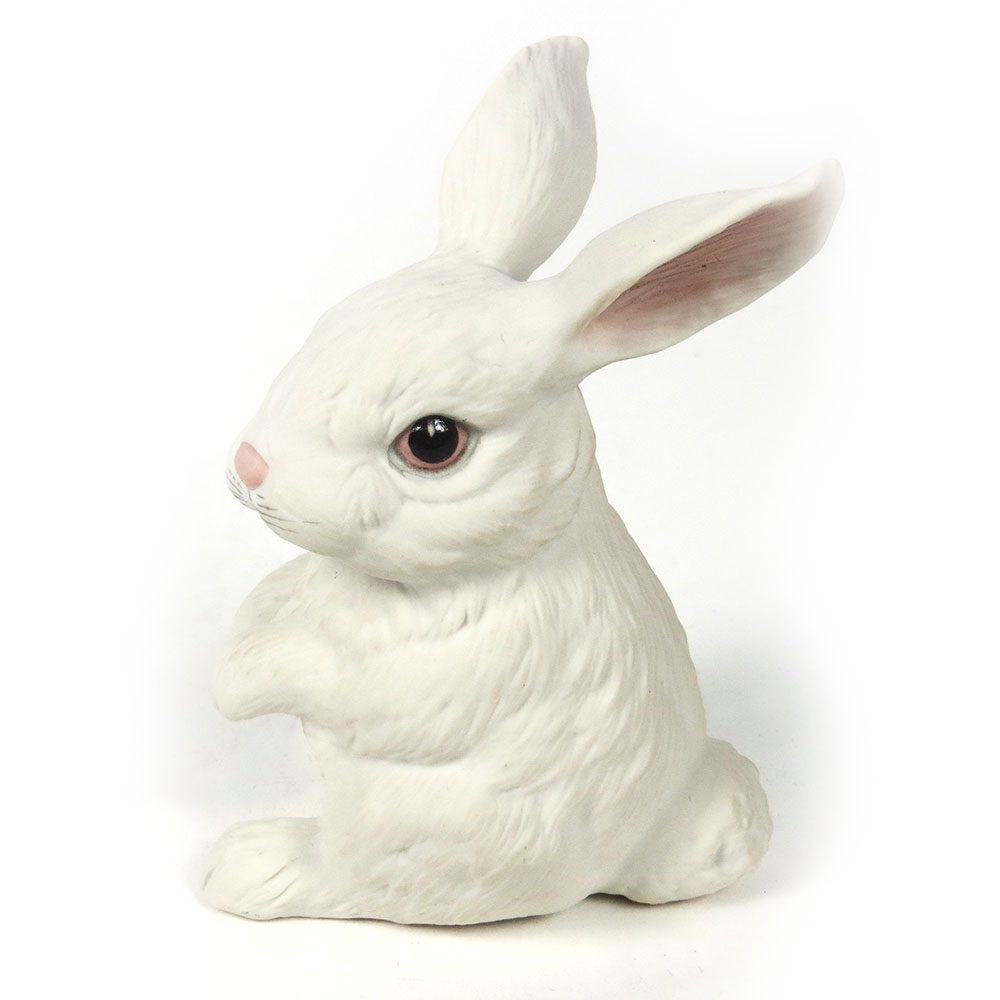
Boehm Sitting Rabbit
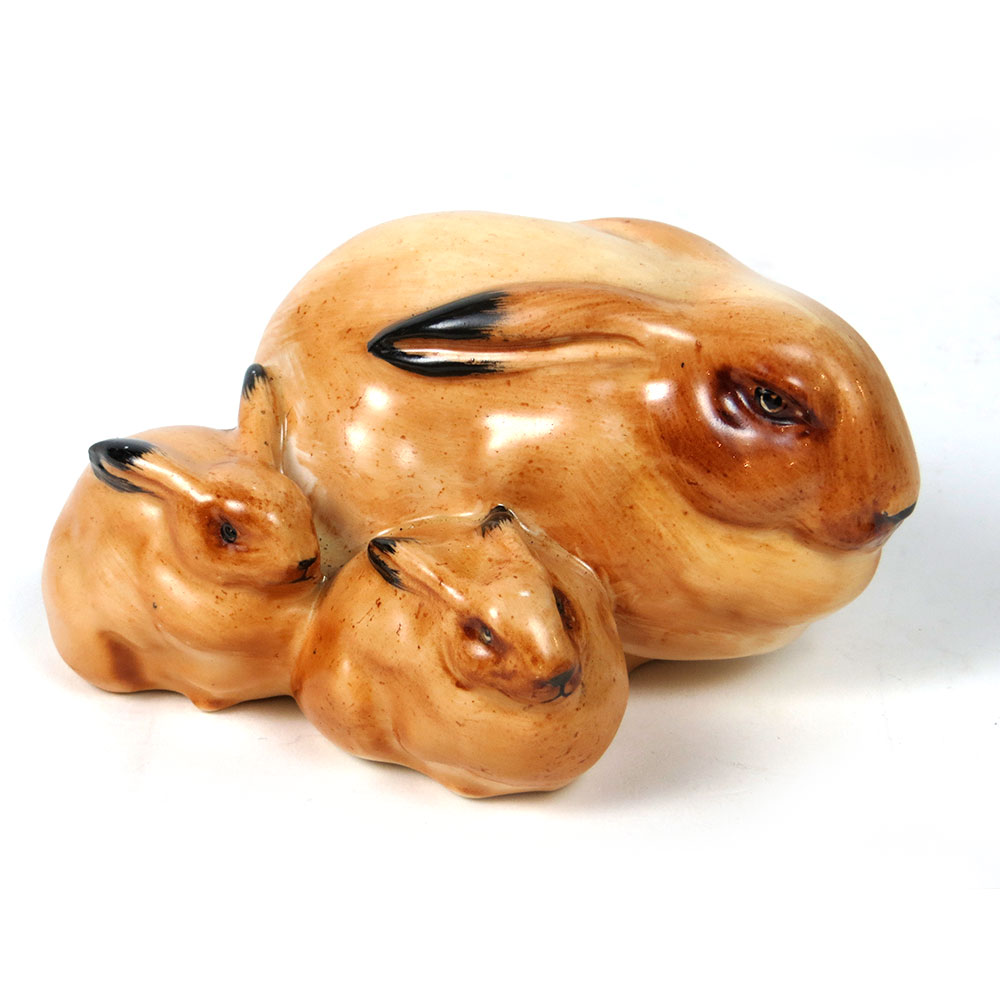
Royal Doulton Hare and Leverets
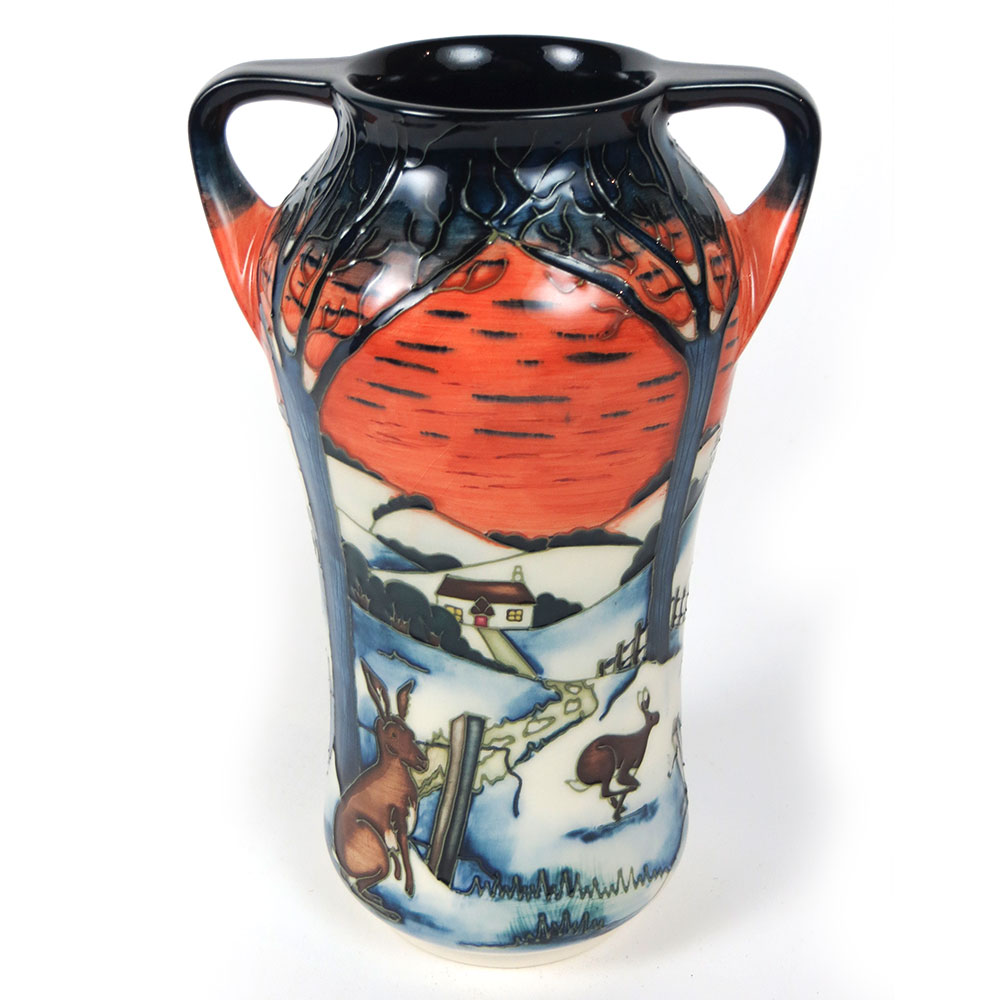
Moorcroft Hardington Moor by S. Leeper
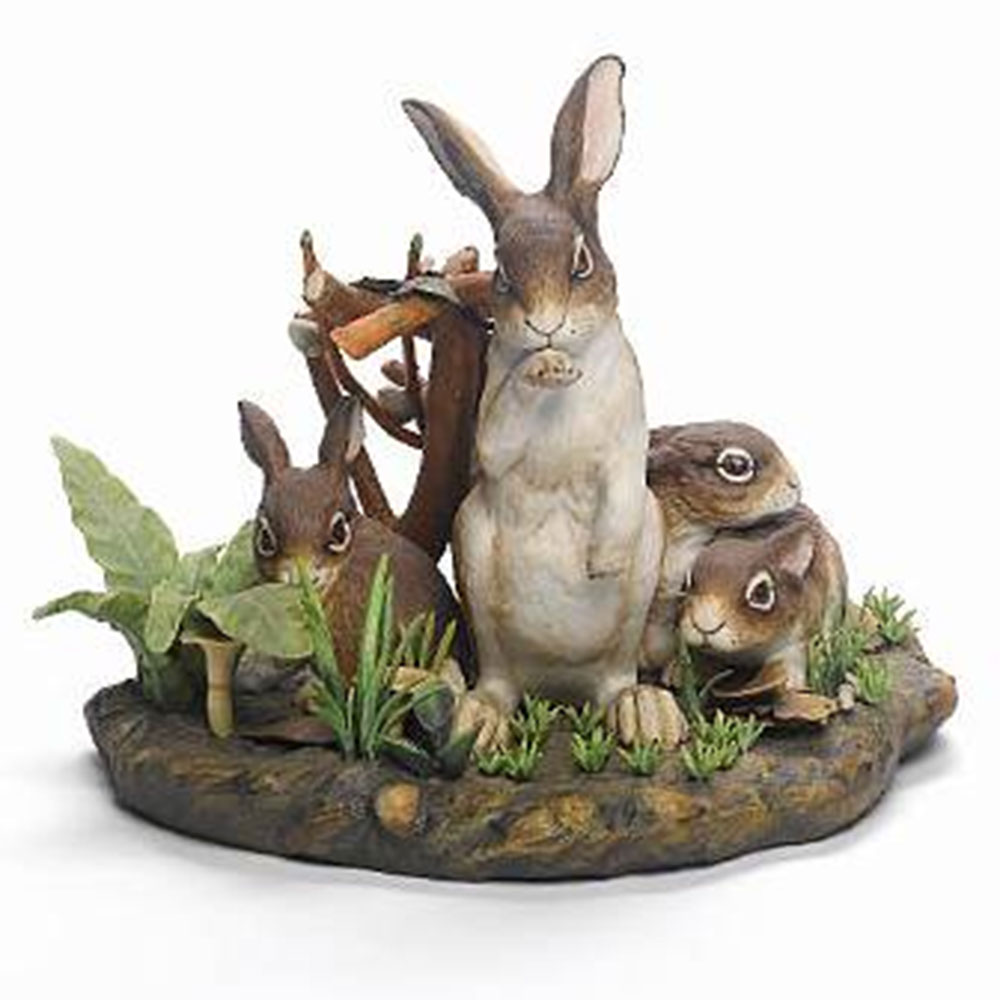
Royal Doulton Snowshoe Hares by R. Jefferson
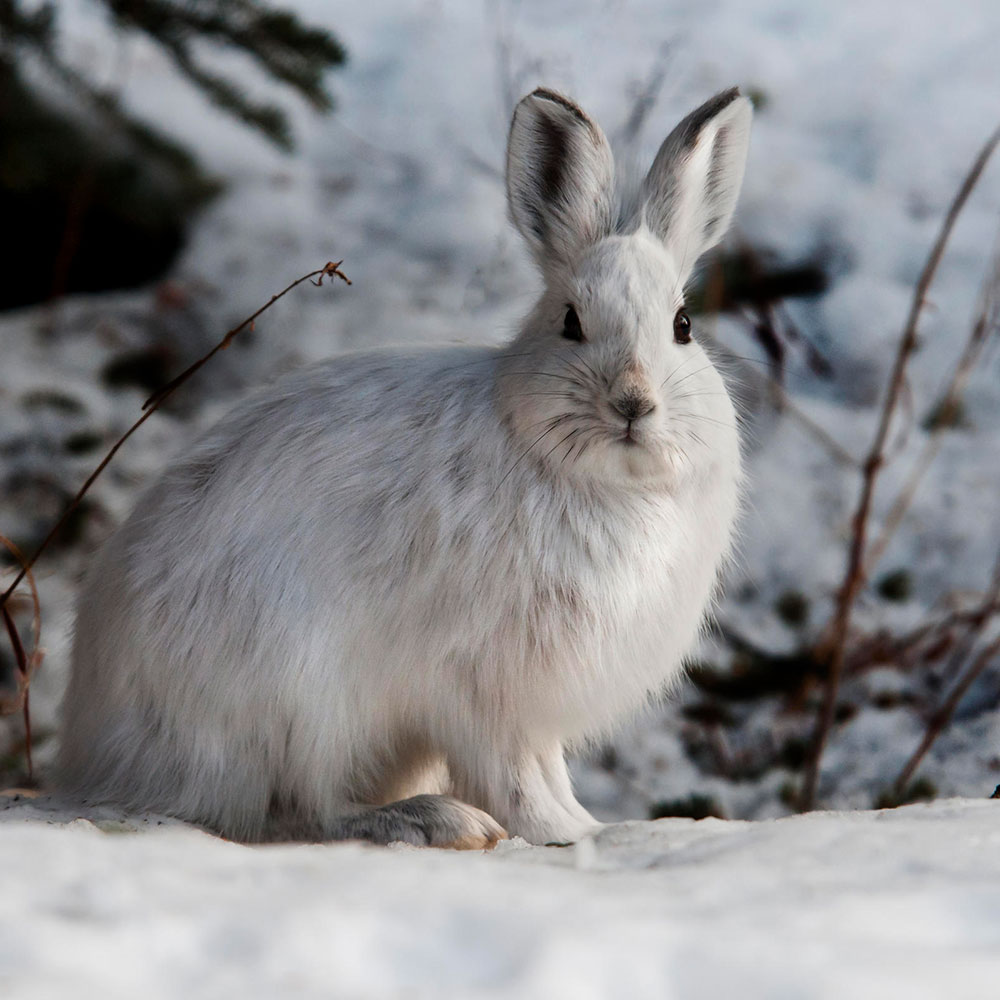
Snowshoe Hares
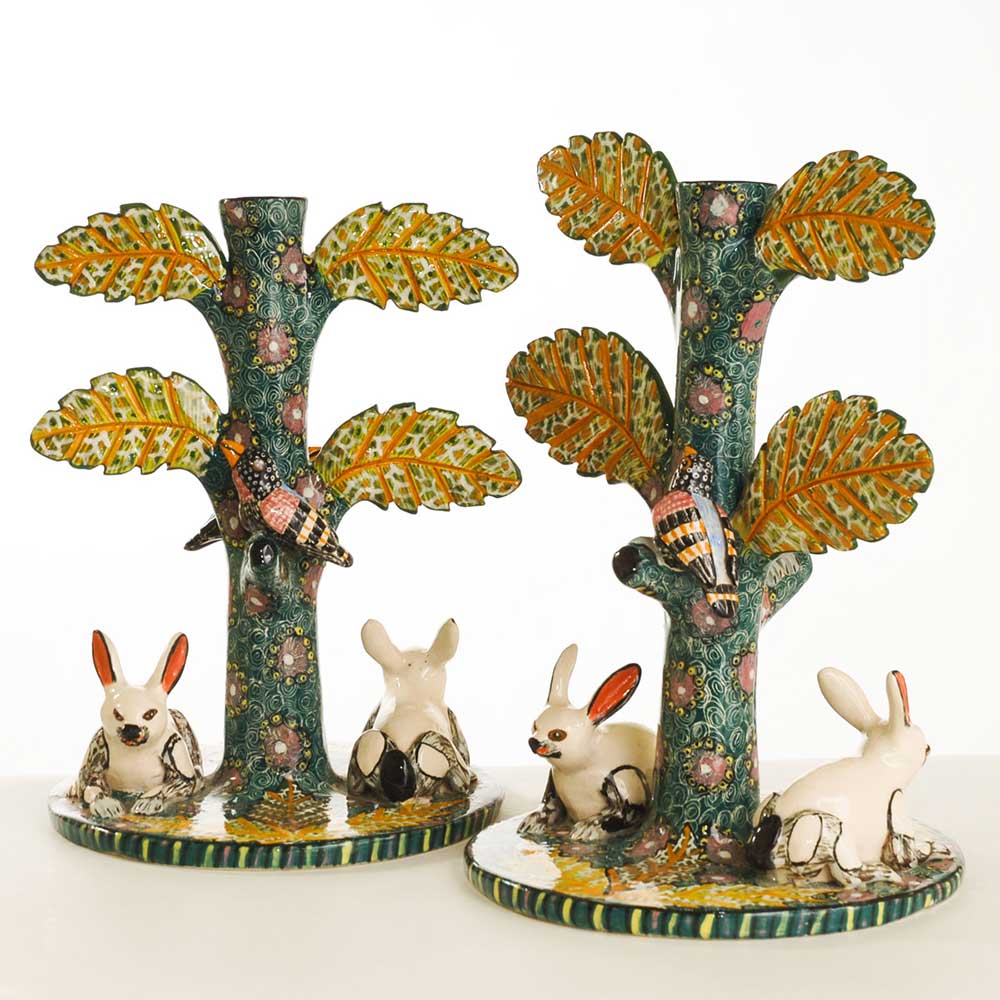
Ardmore Rabbit Candlesticks
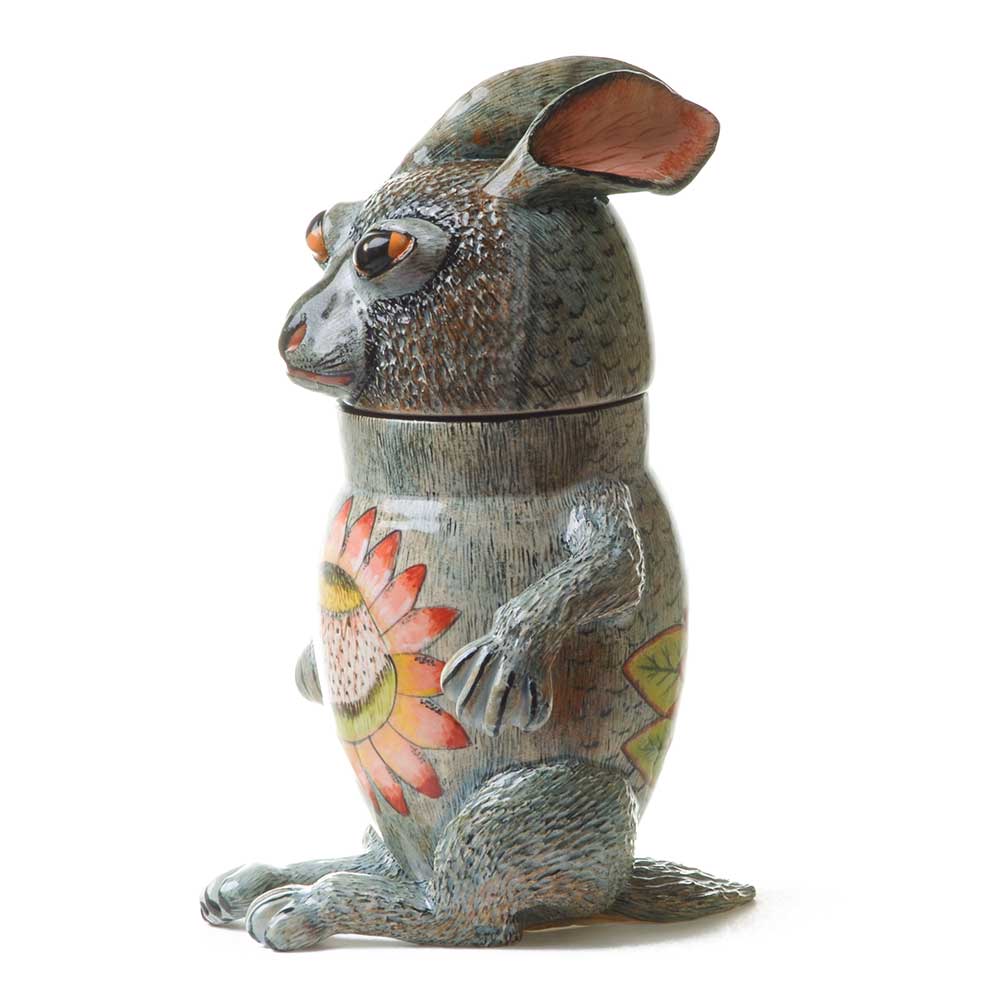
Ardmore Rabbit Cookie Jar
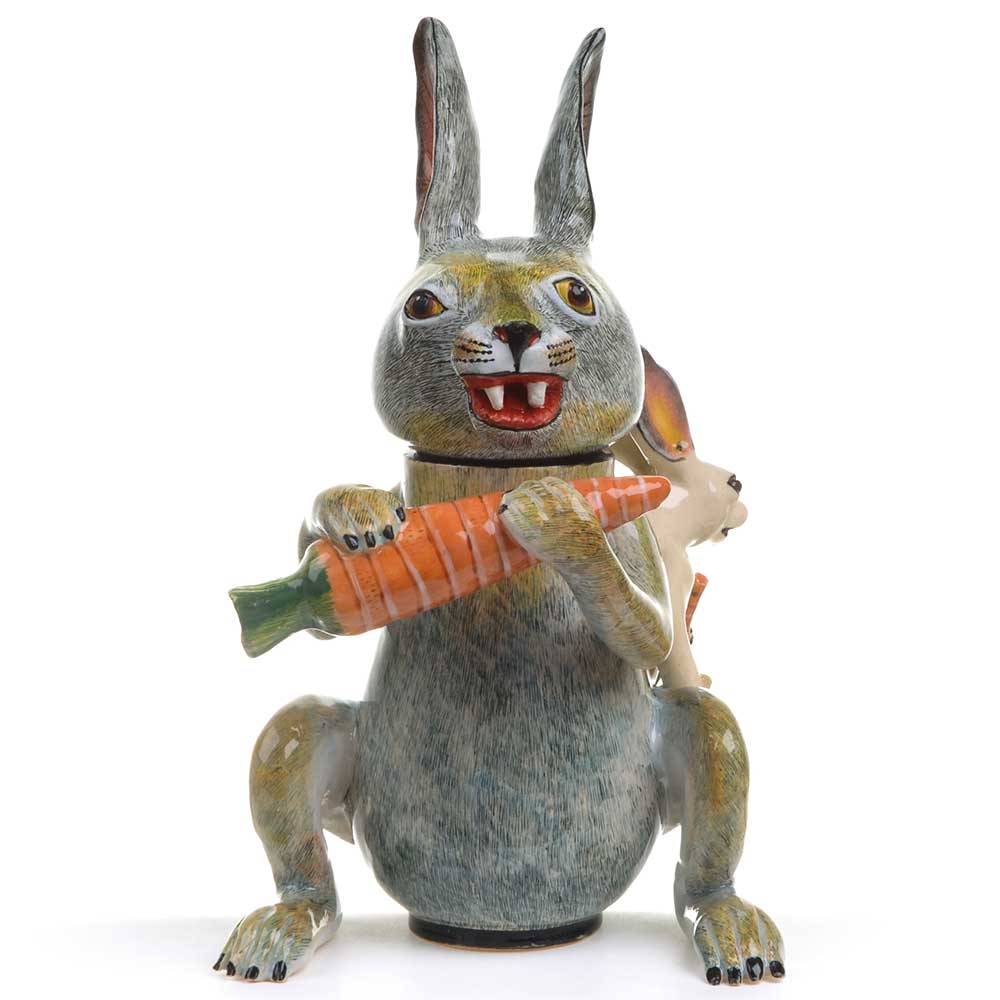
Ardmore Rabbit Cookie Jar
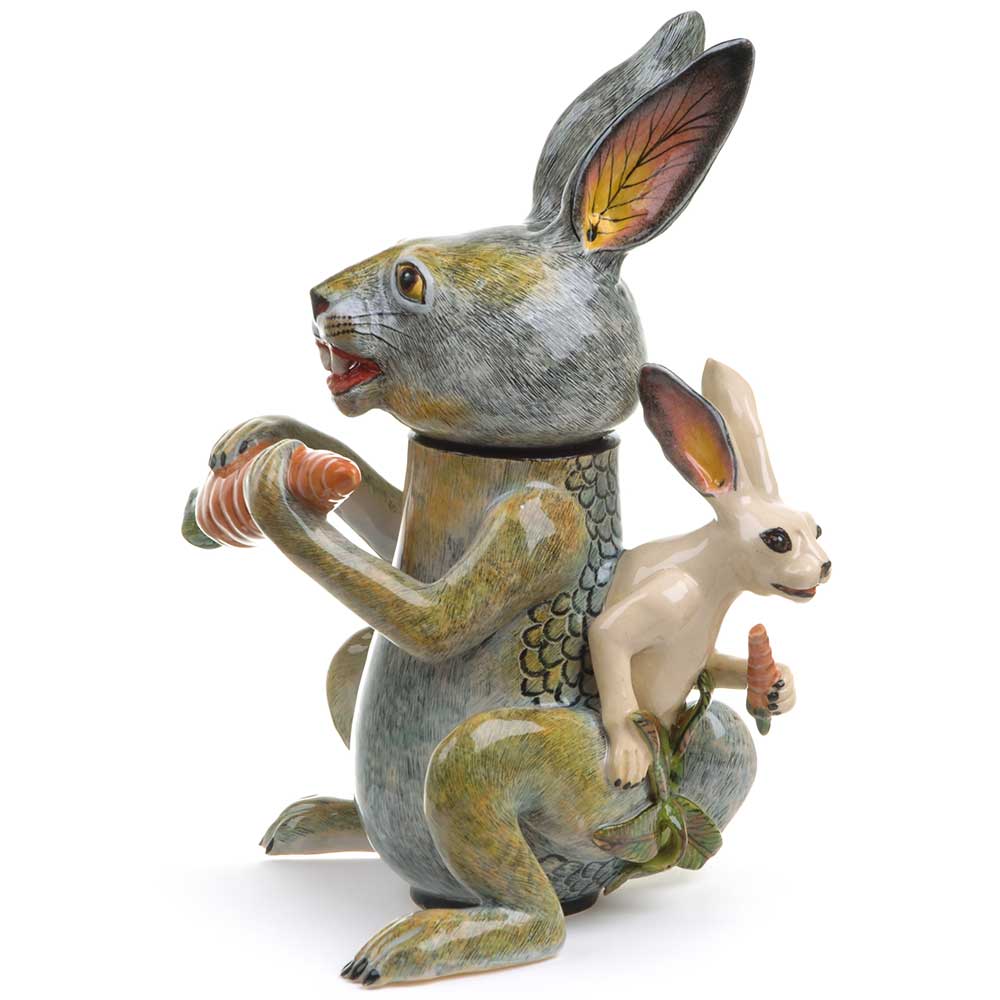
Rabbit Cookie Jar sideview
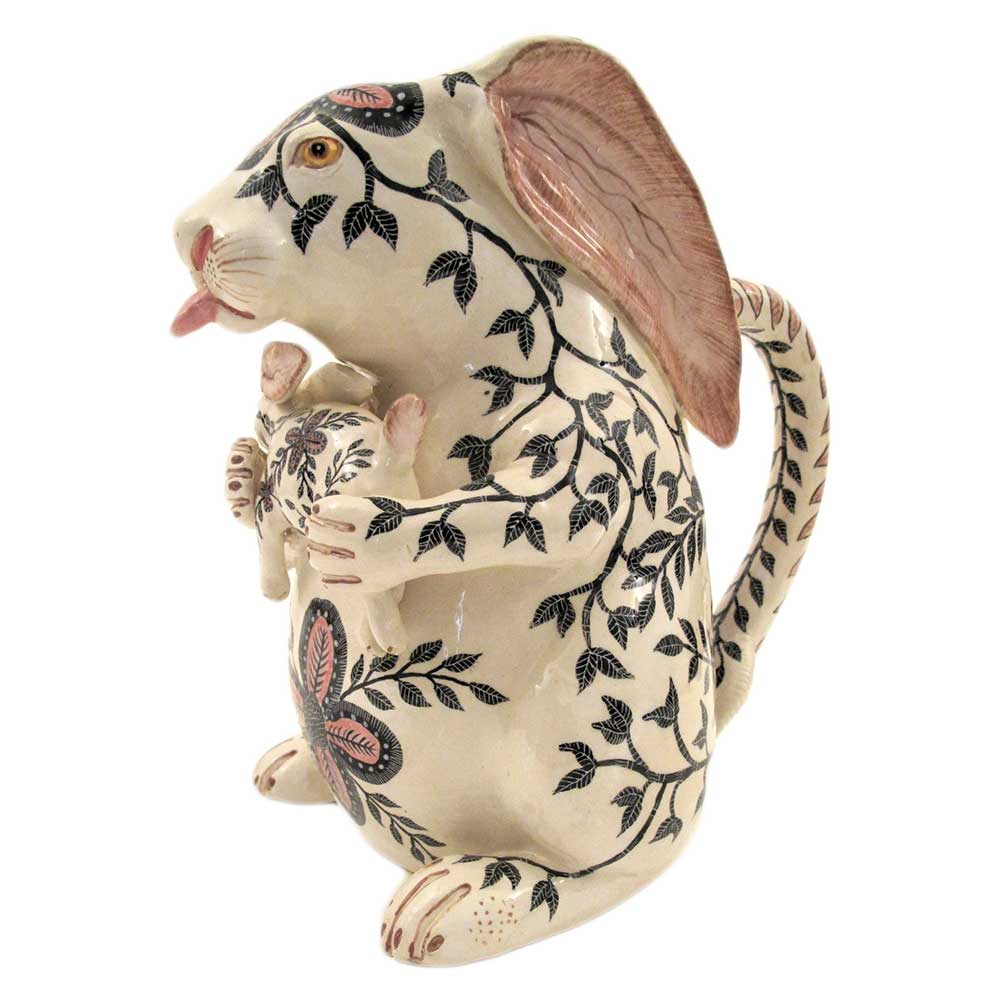
Ardmore Rabbit Jug
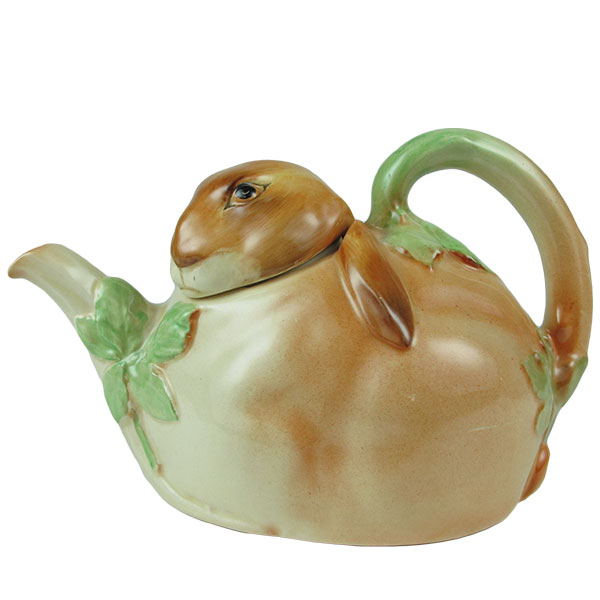
Royal Doulton Bunnykins Teapot
